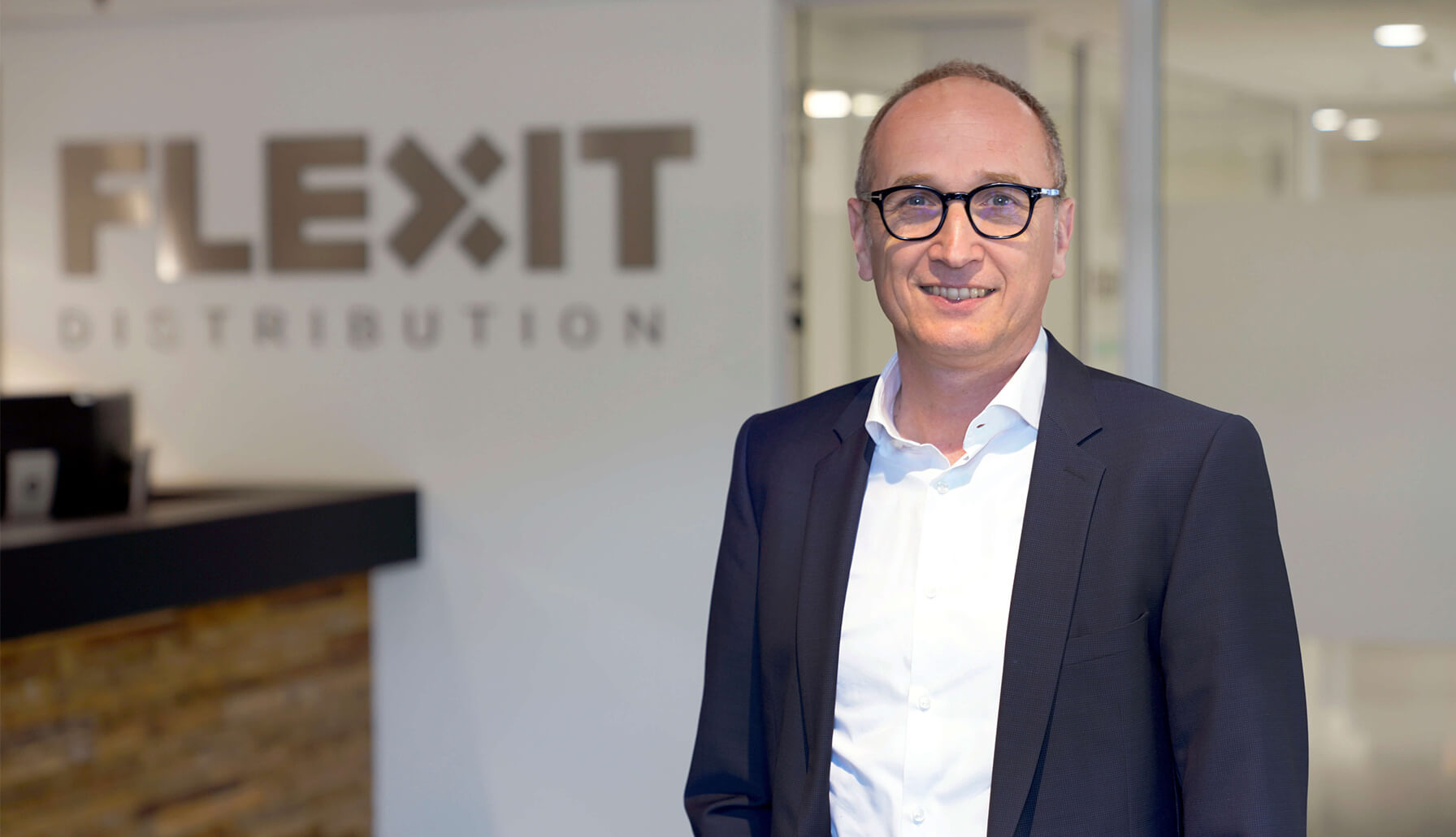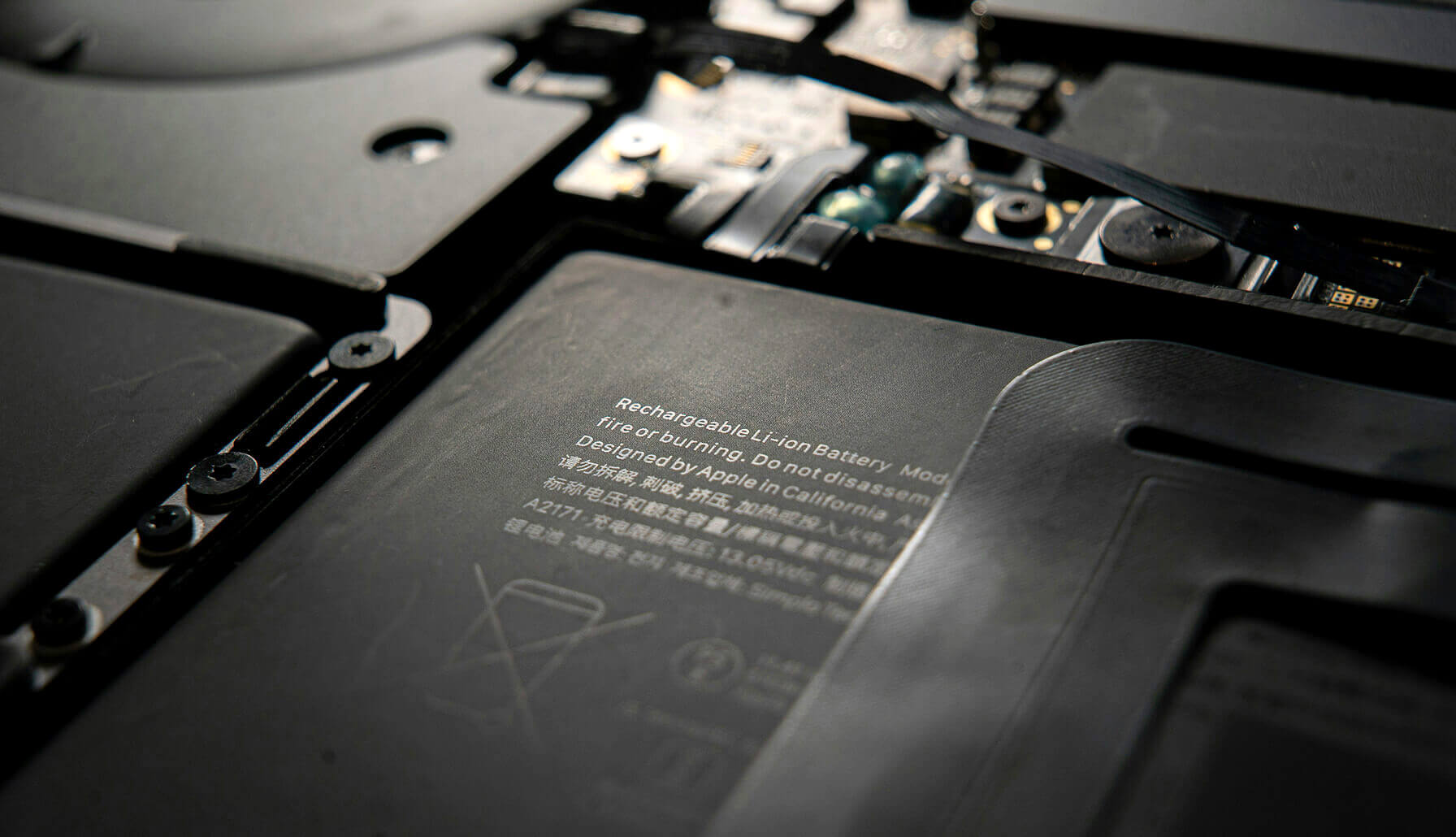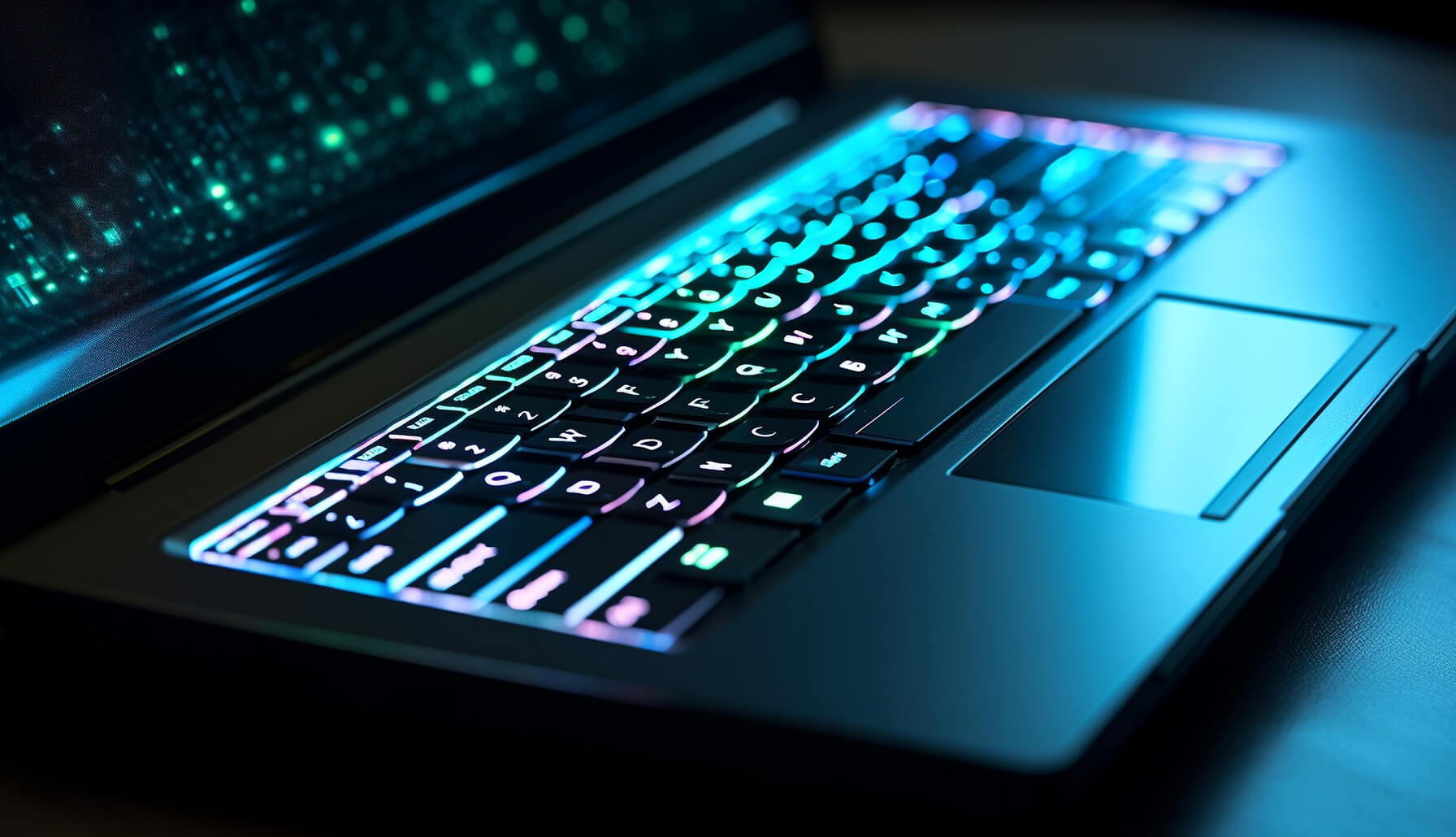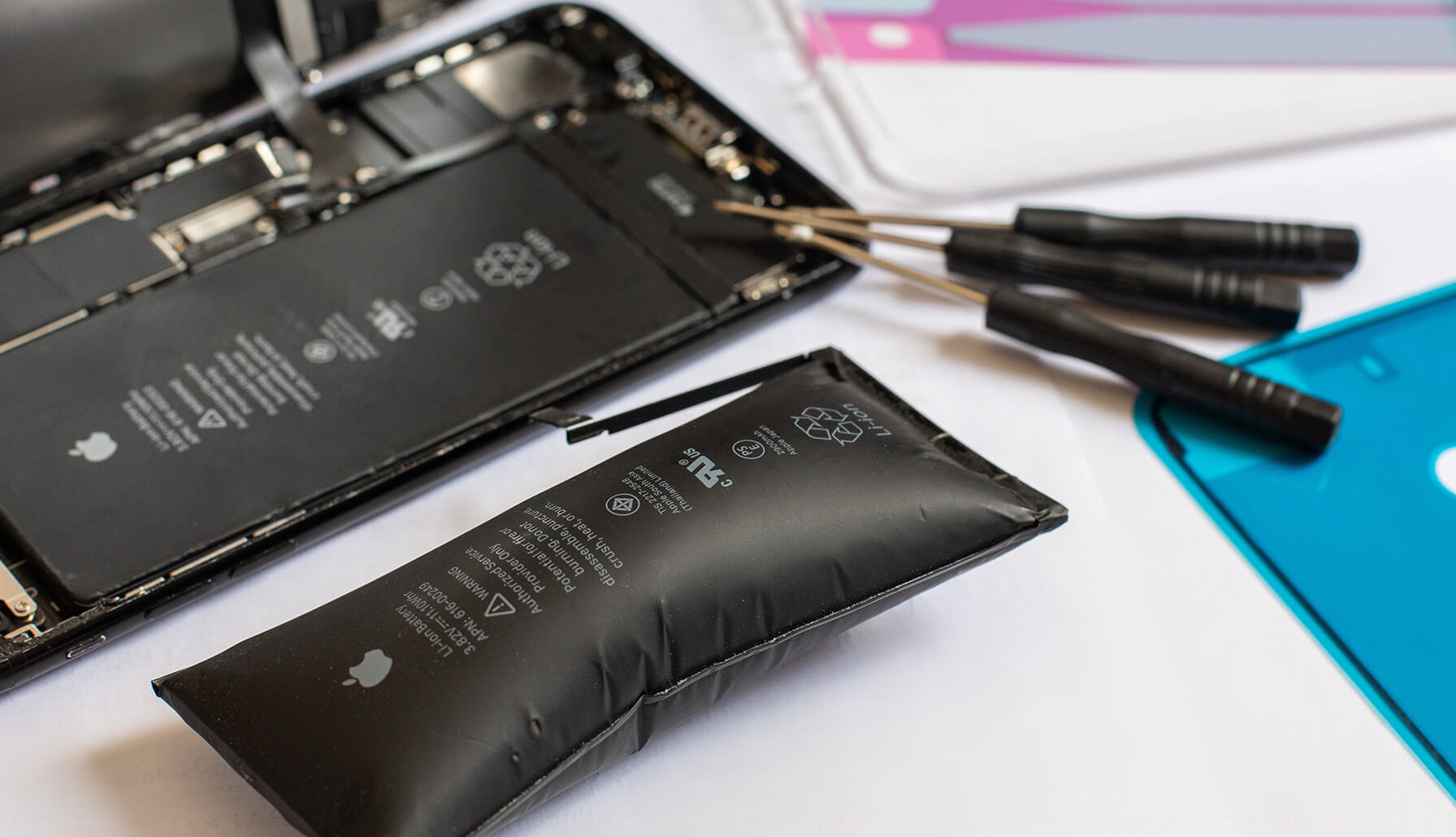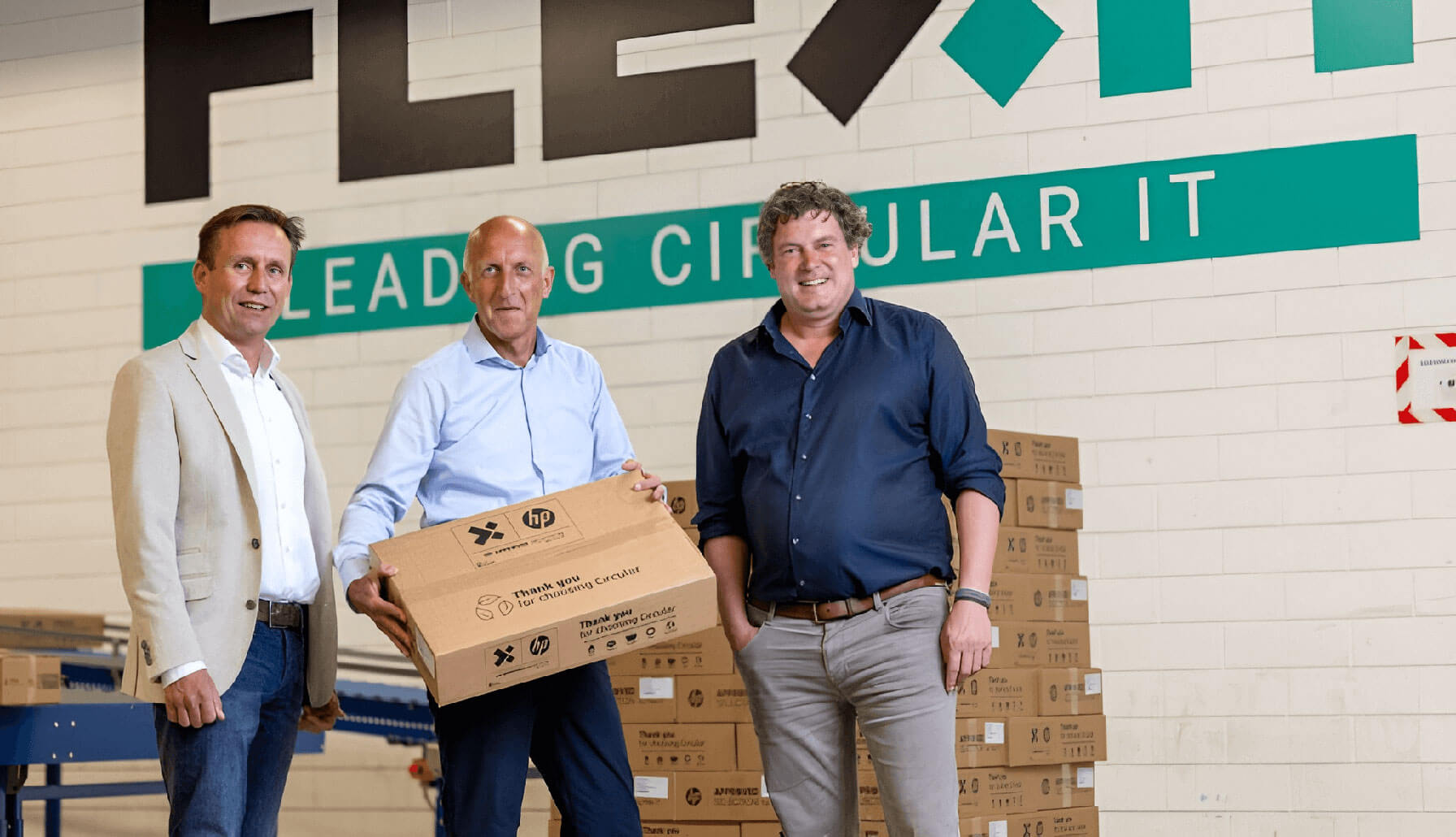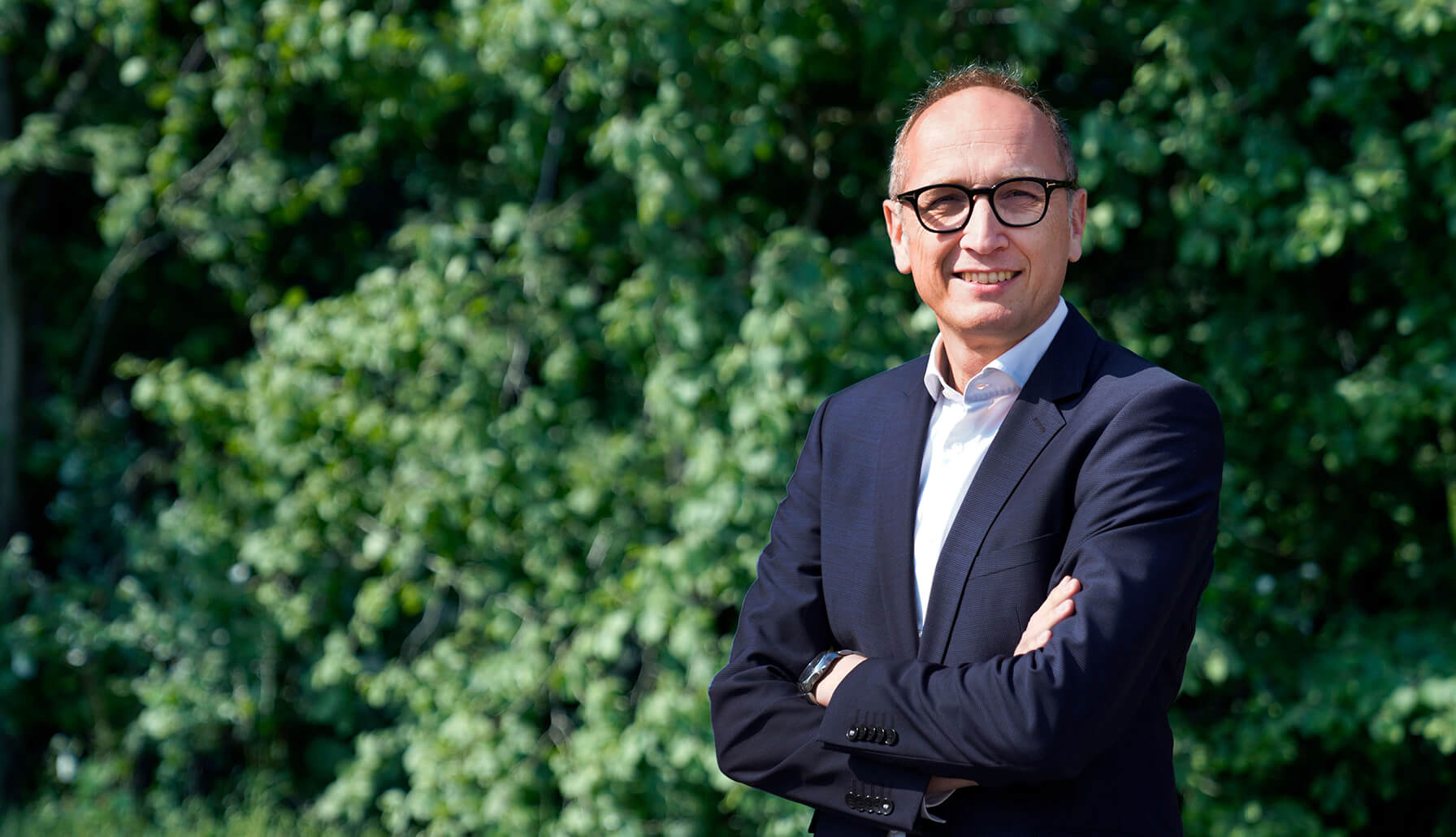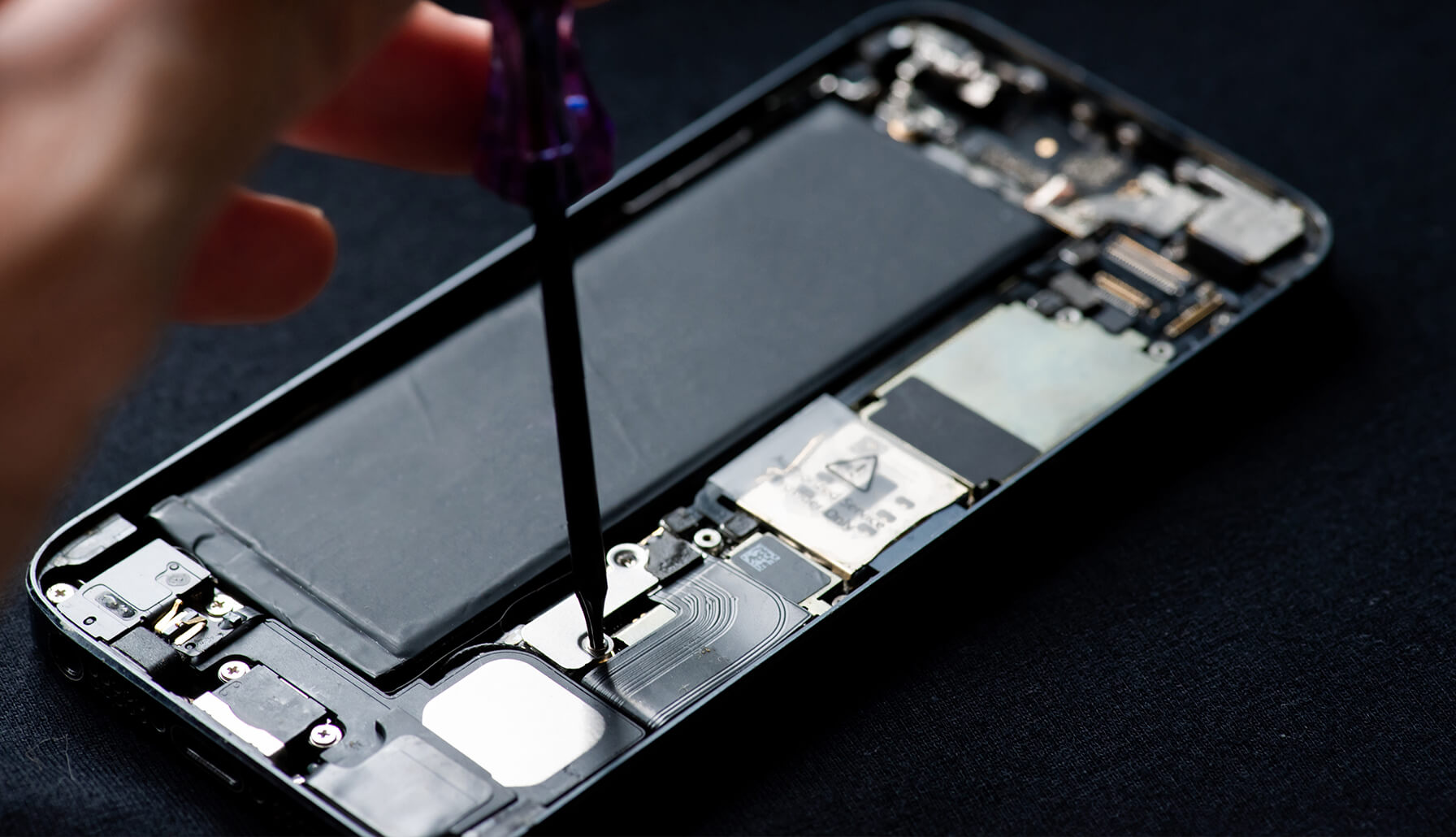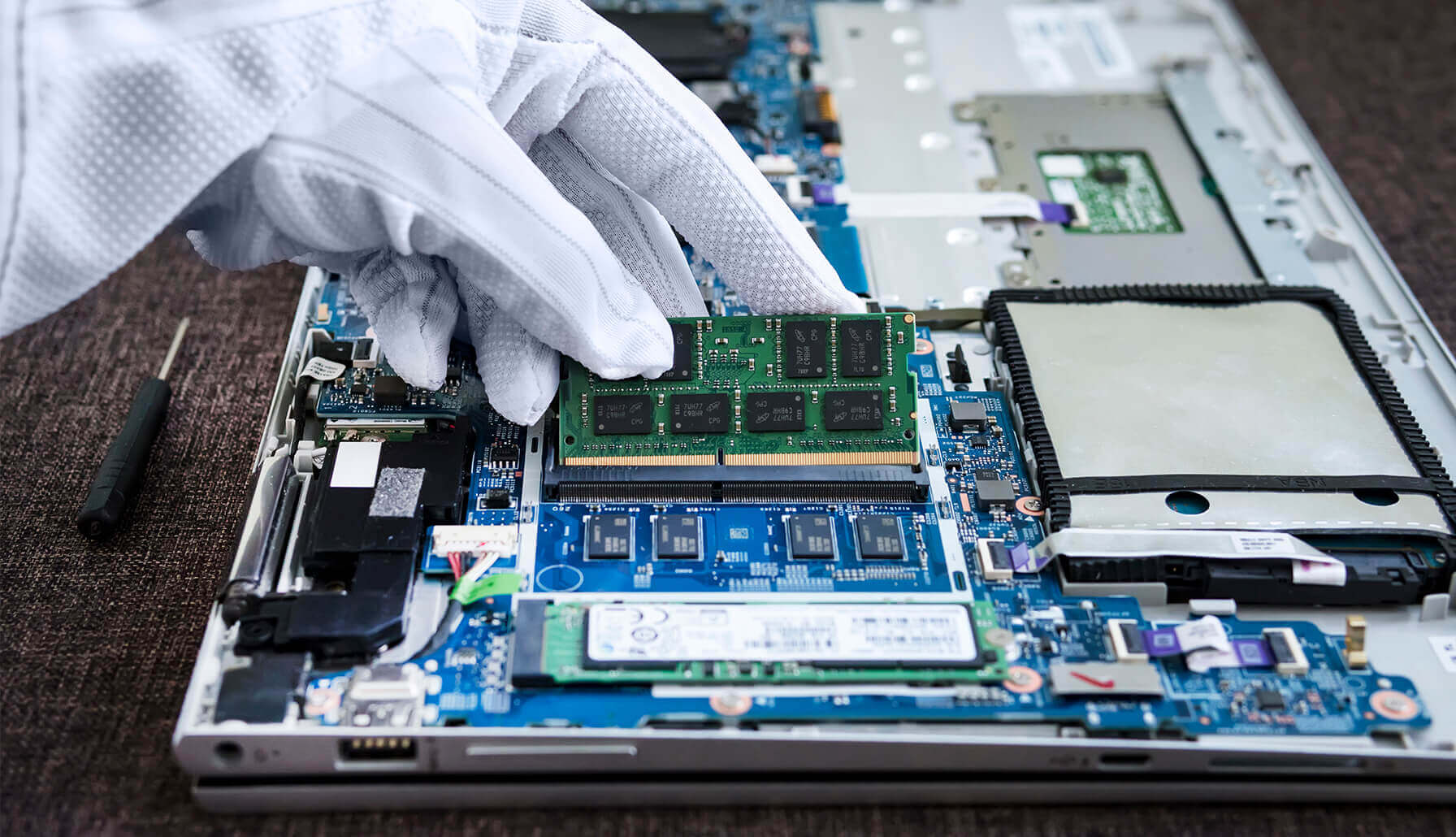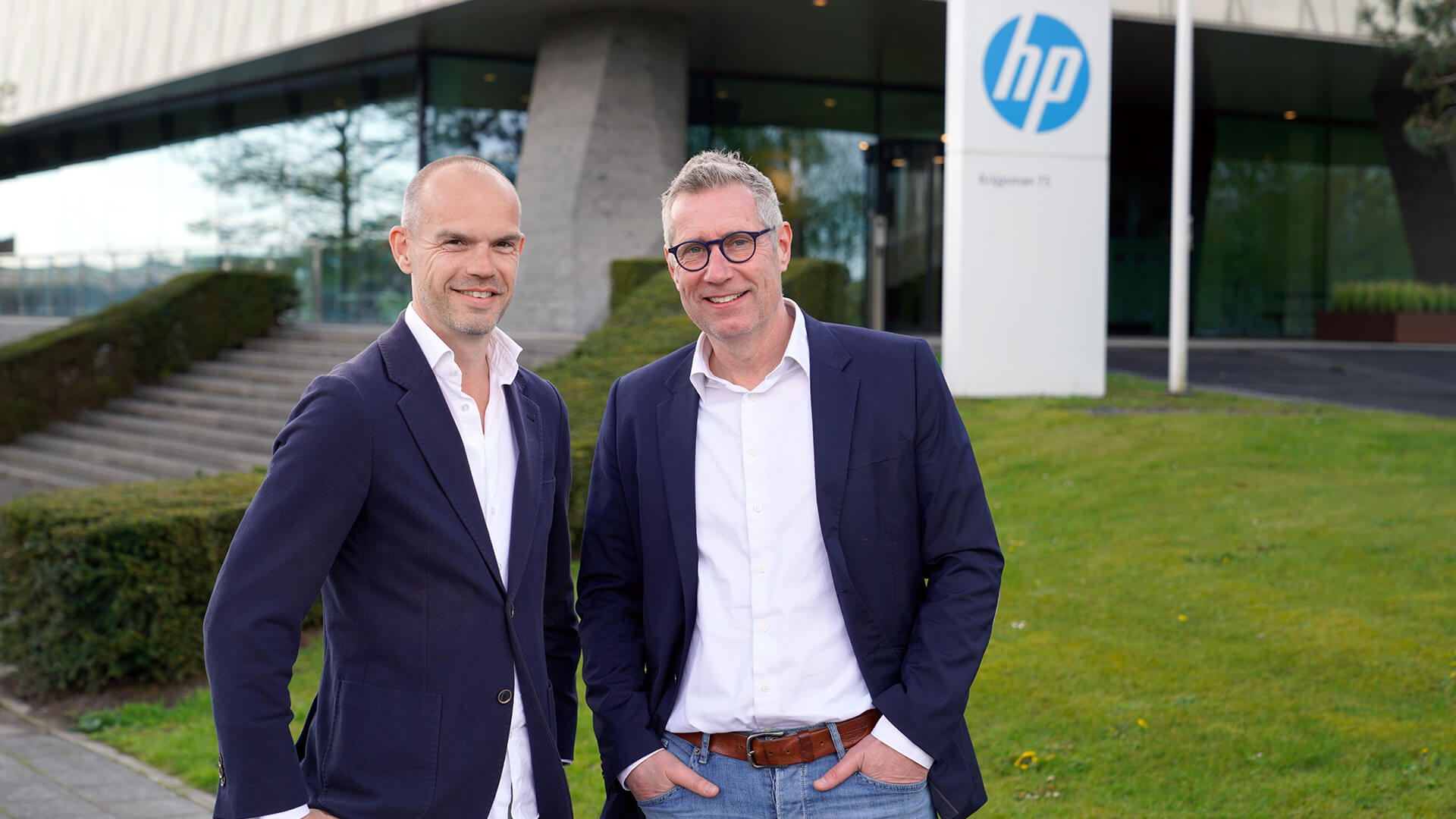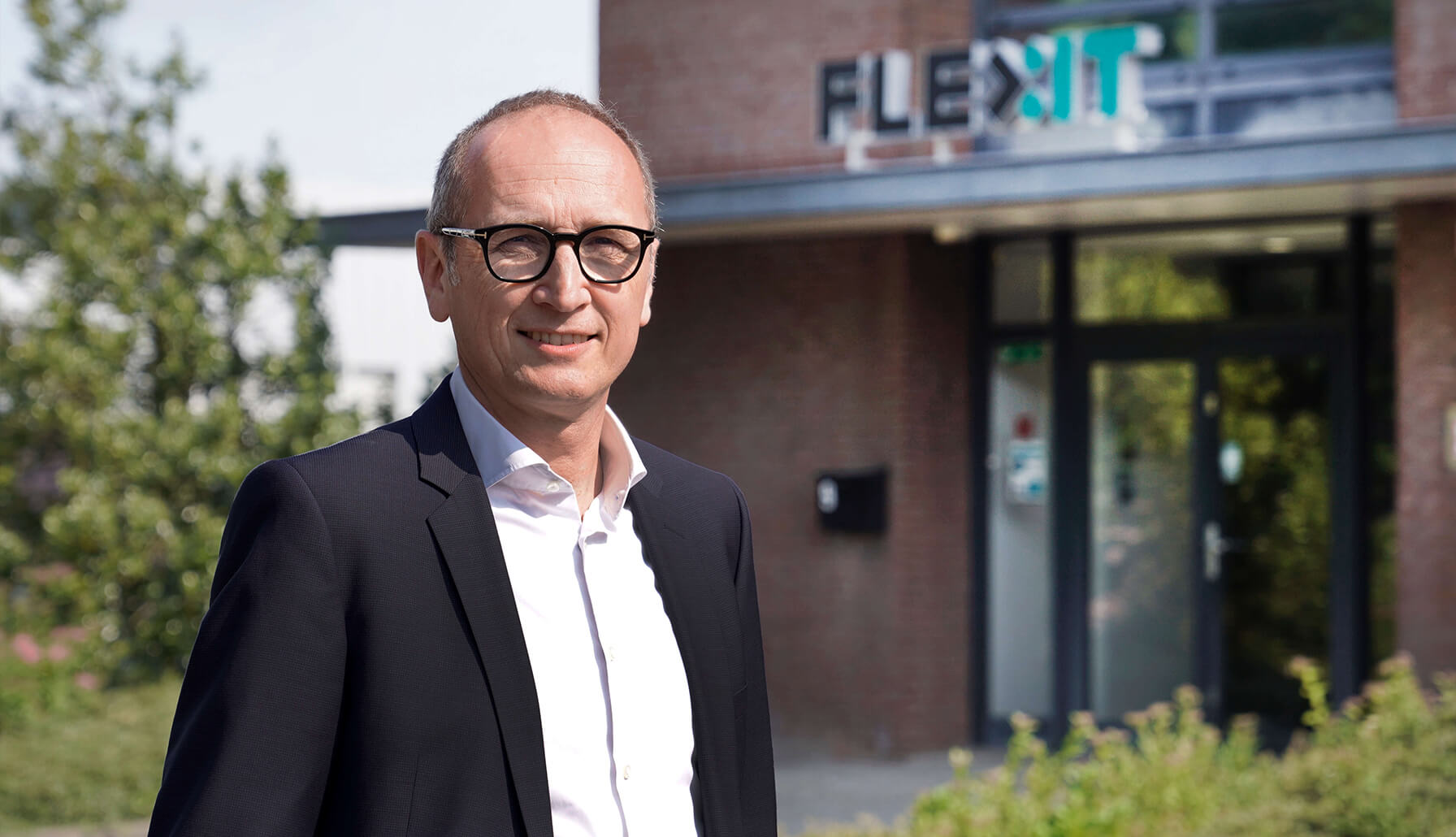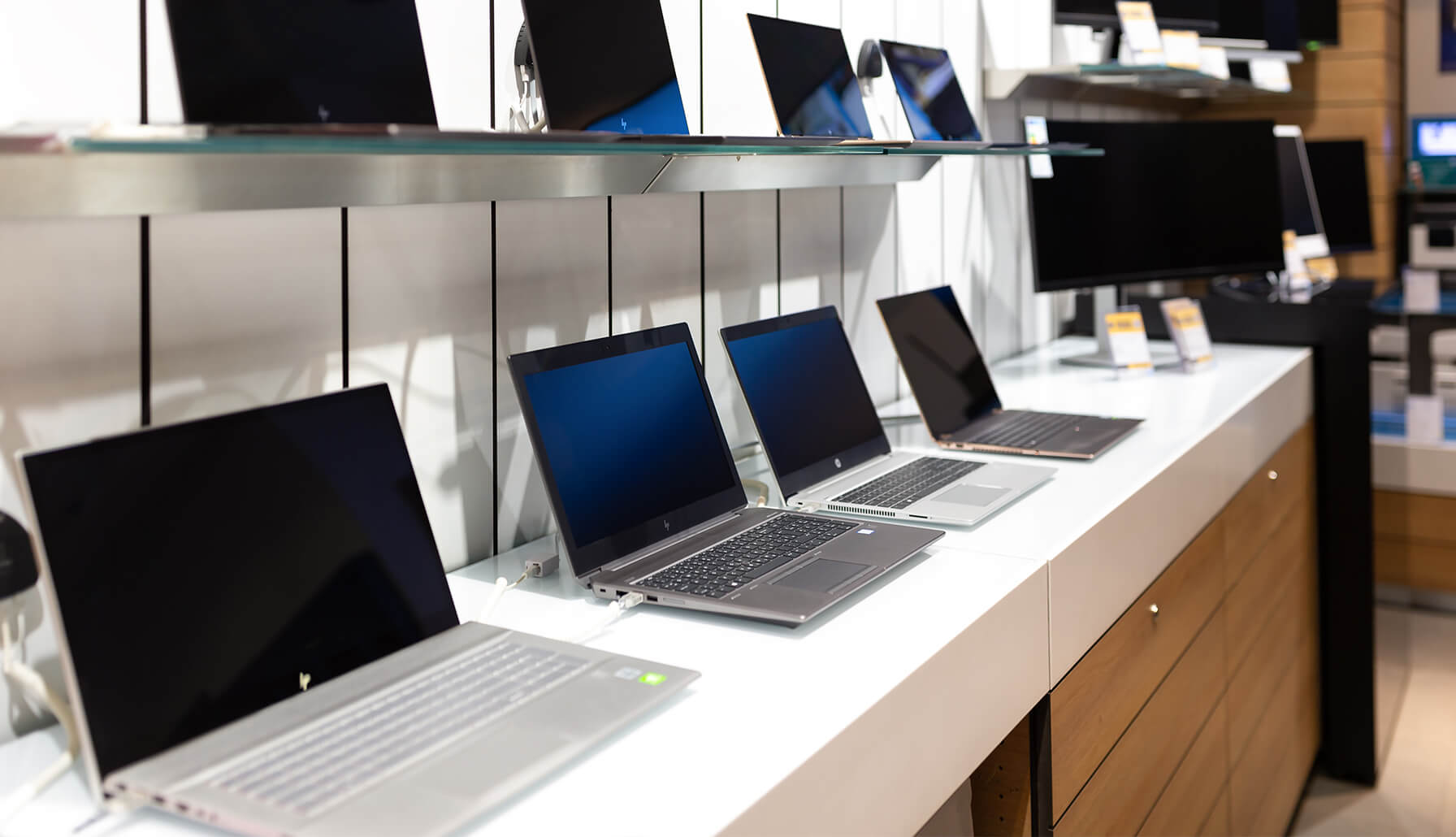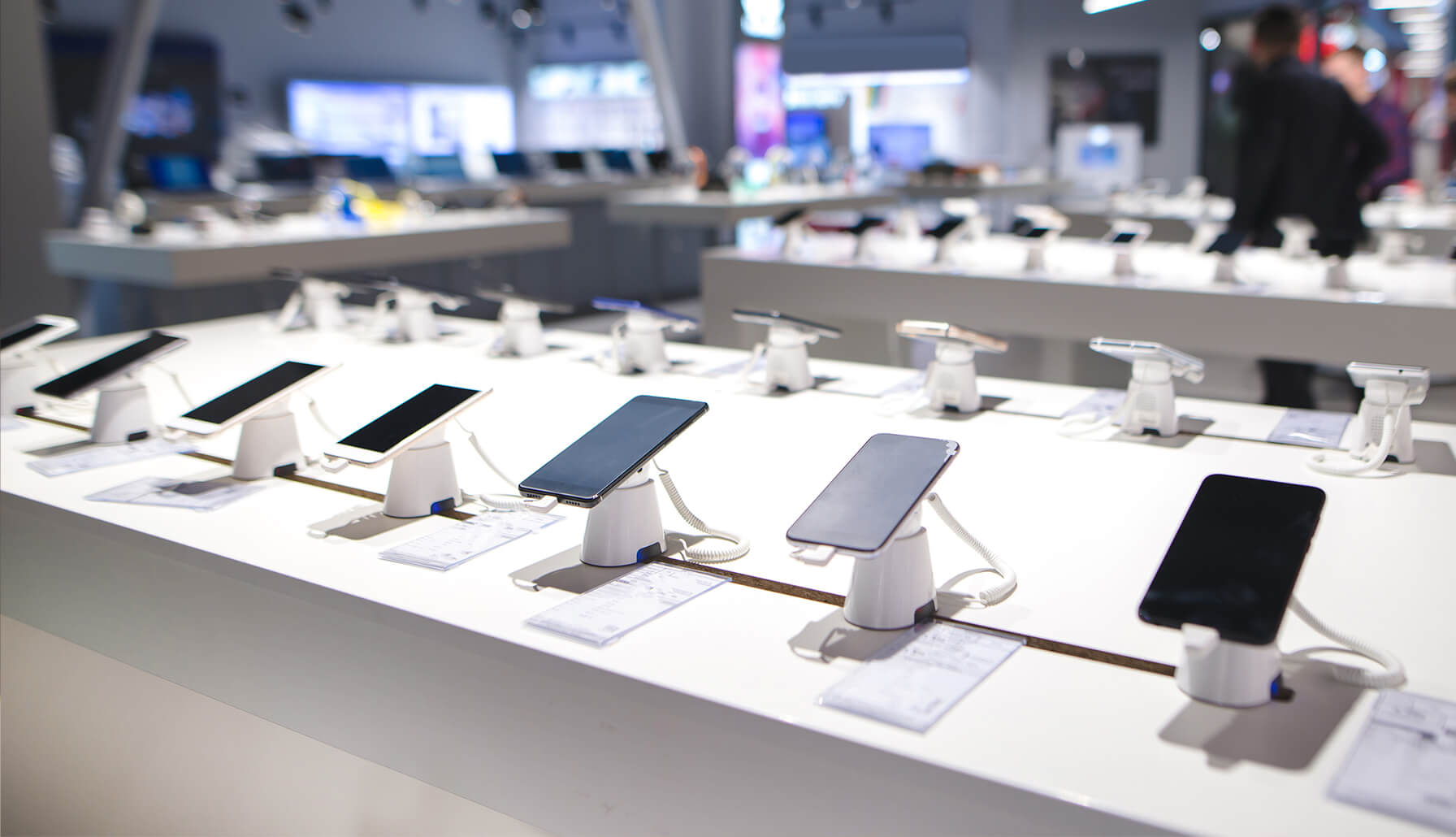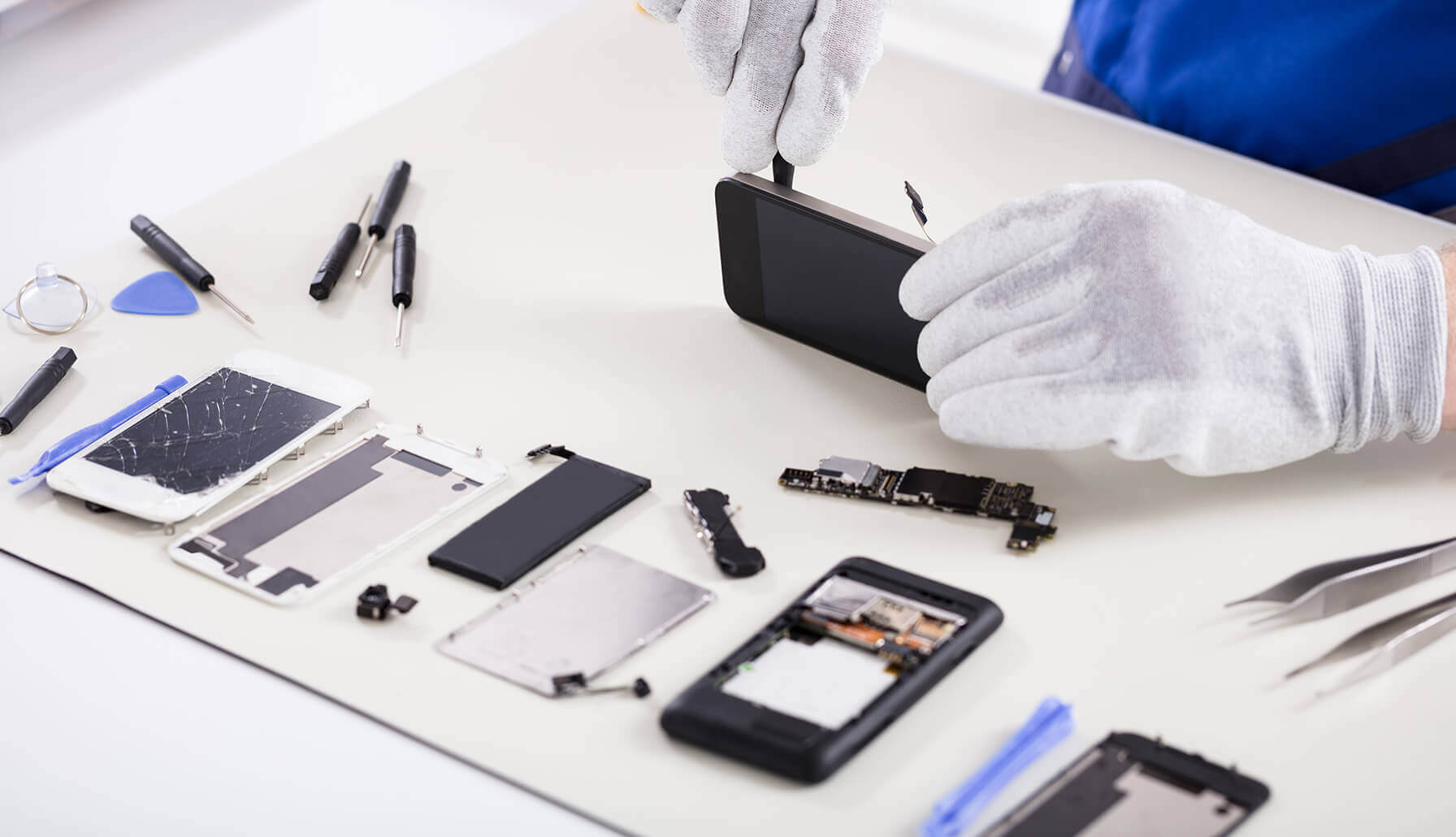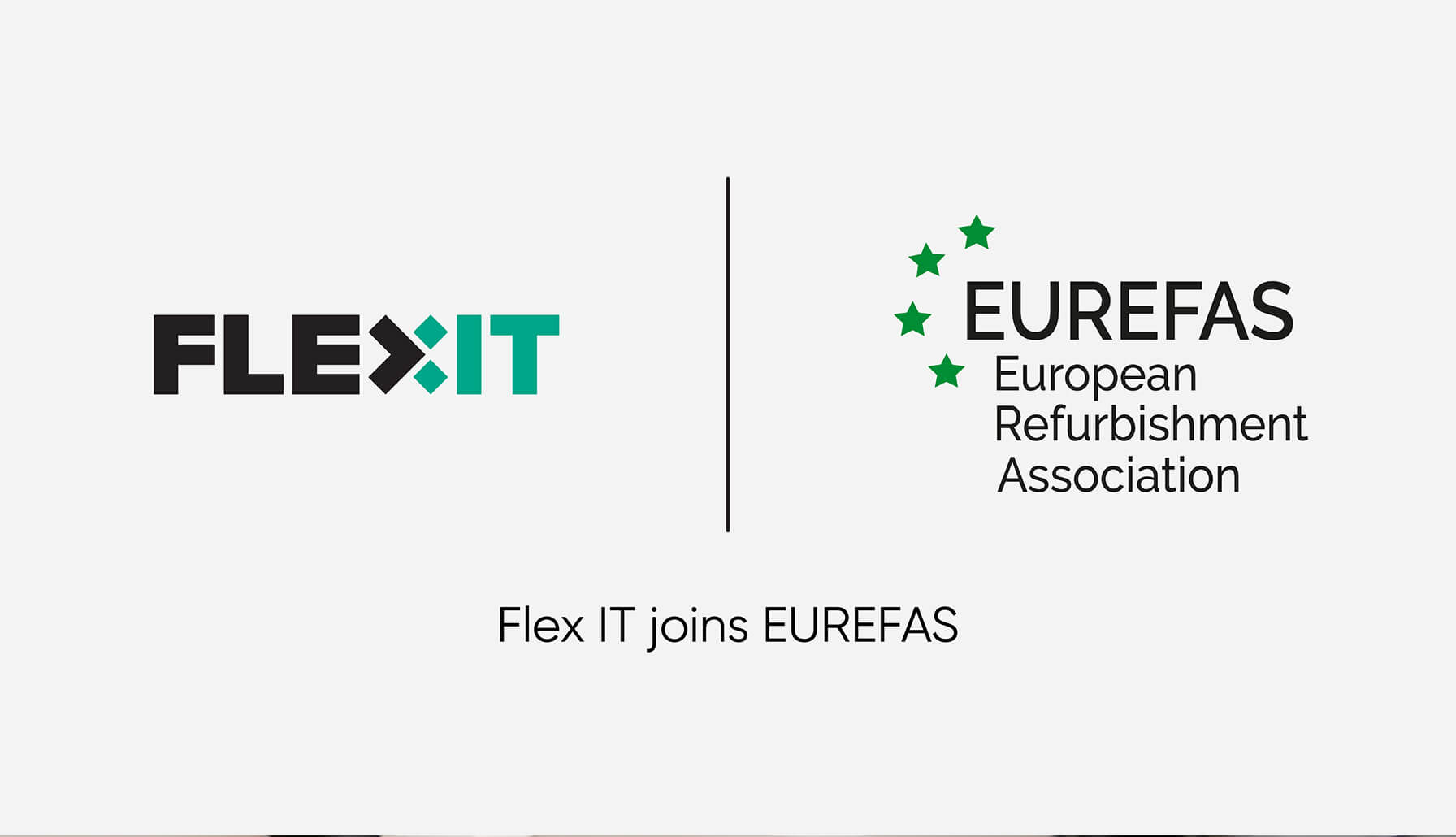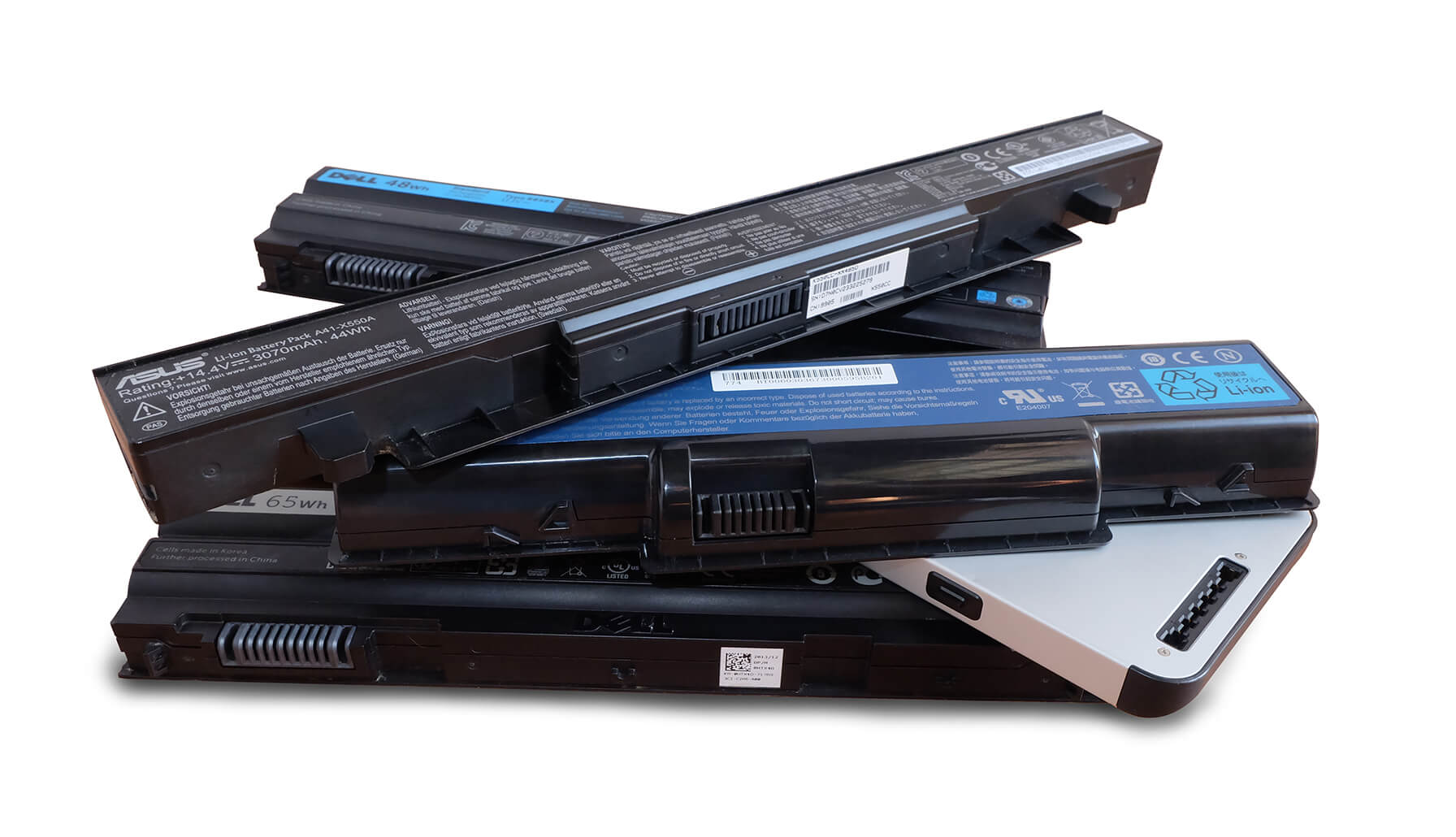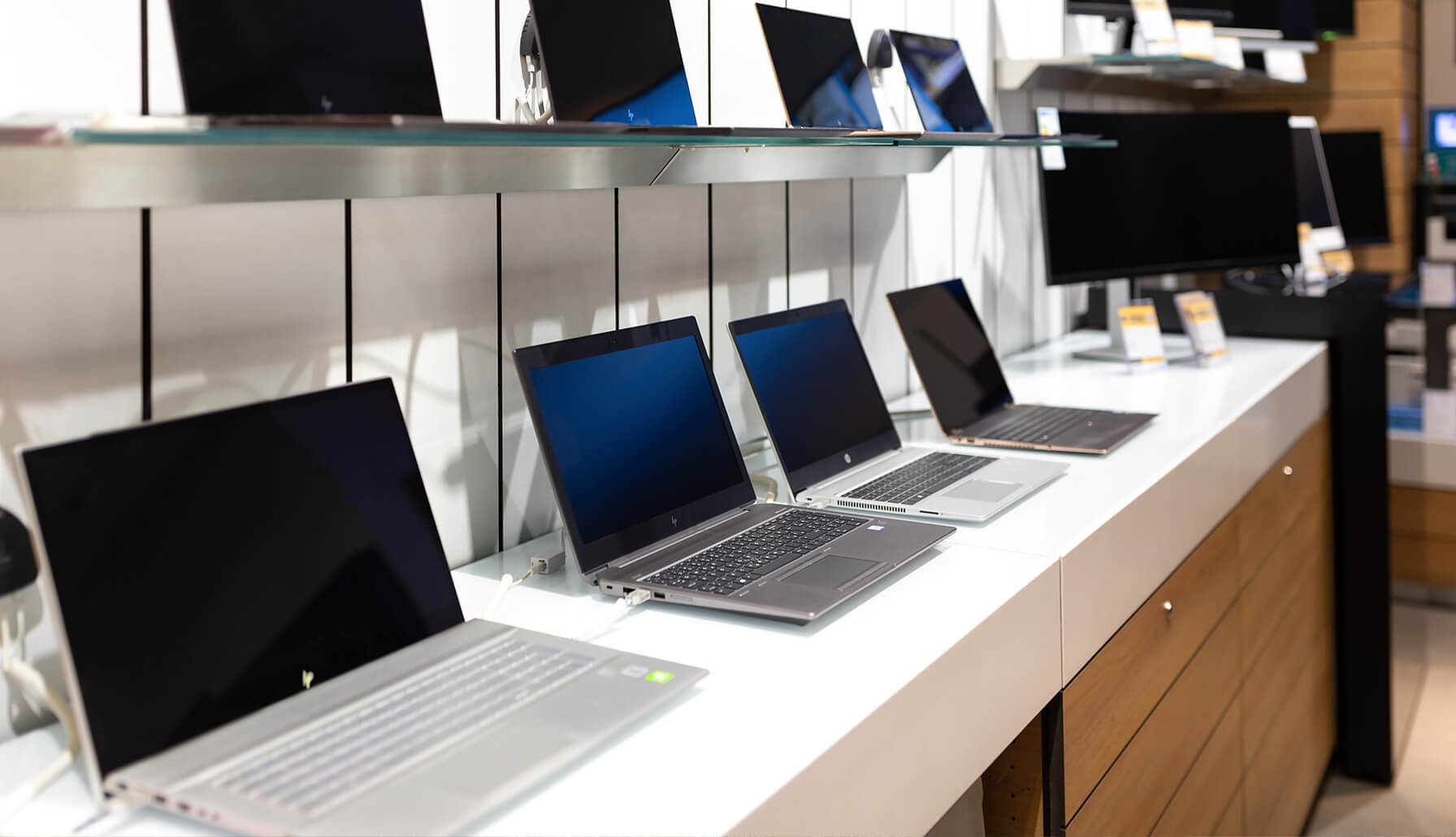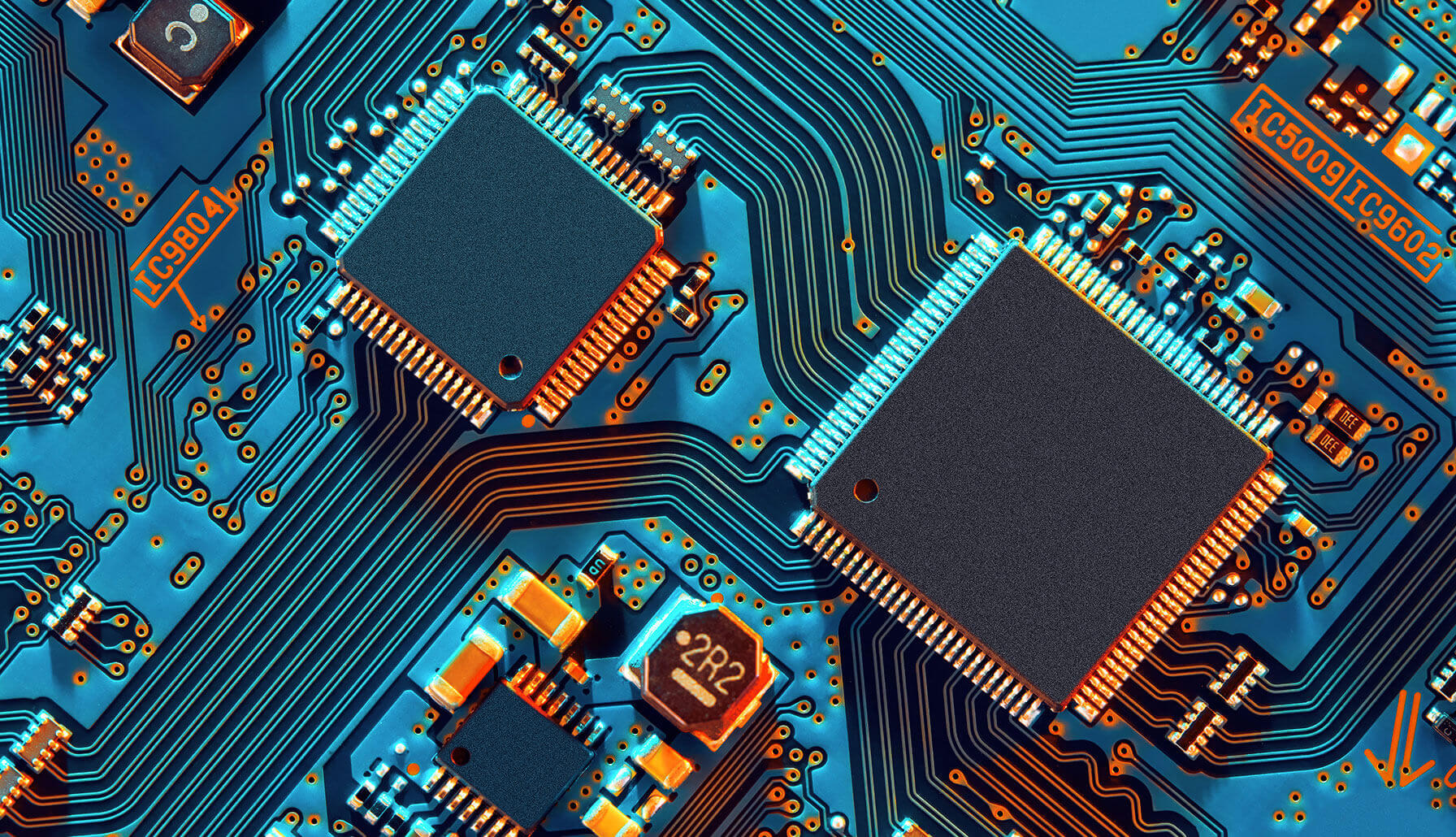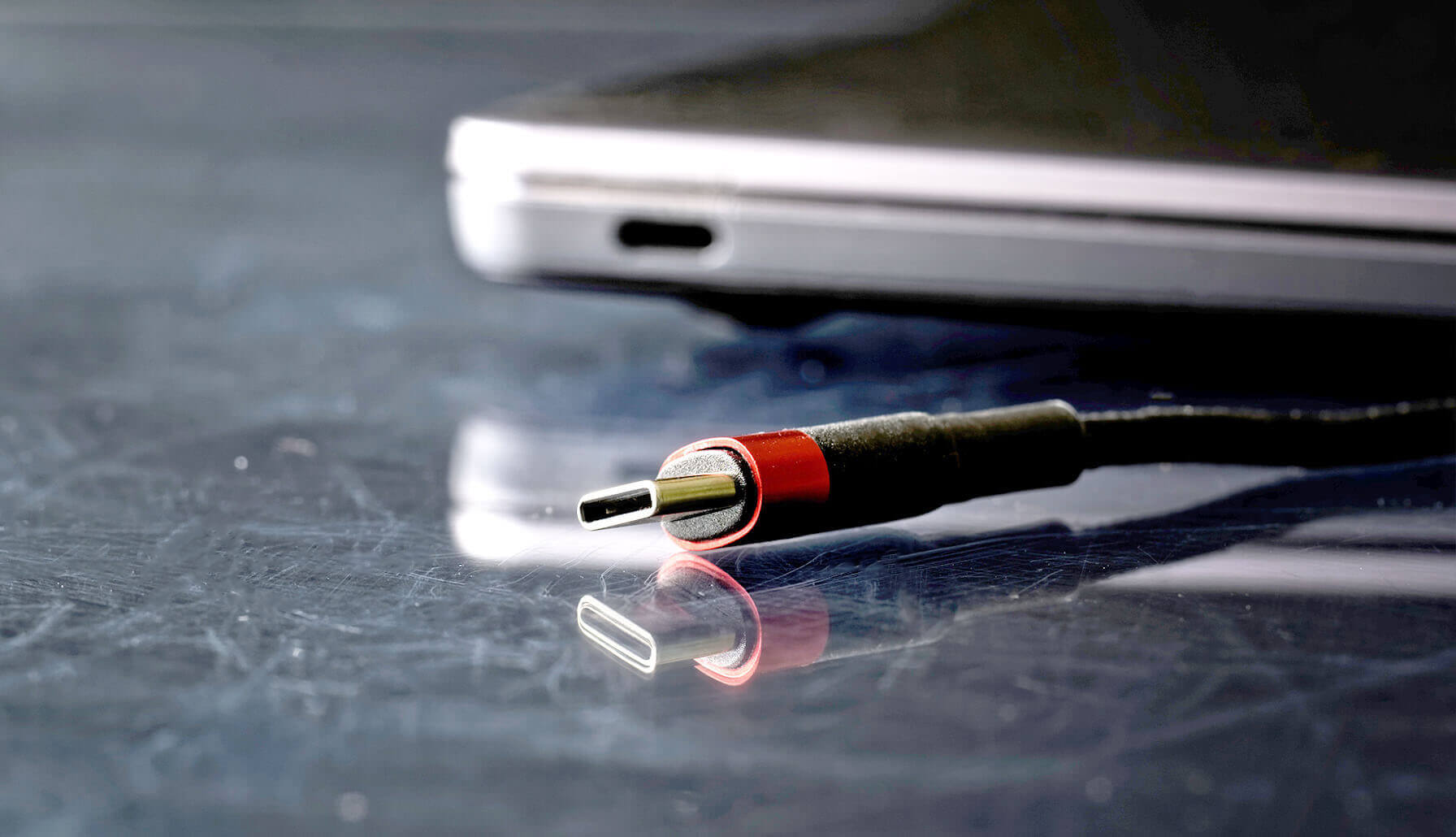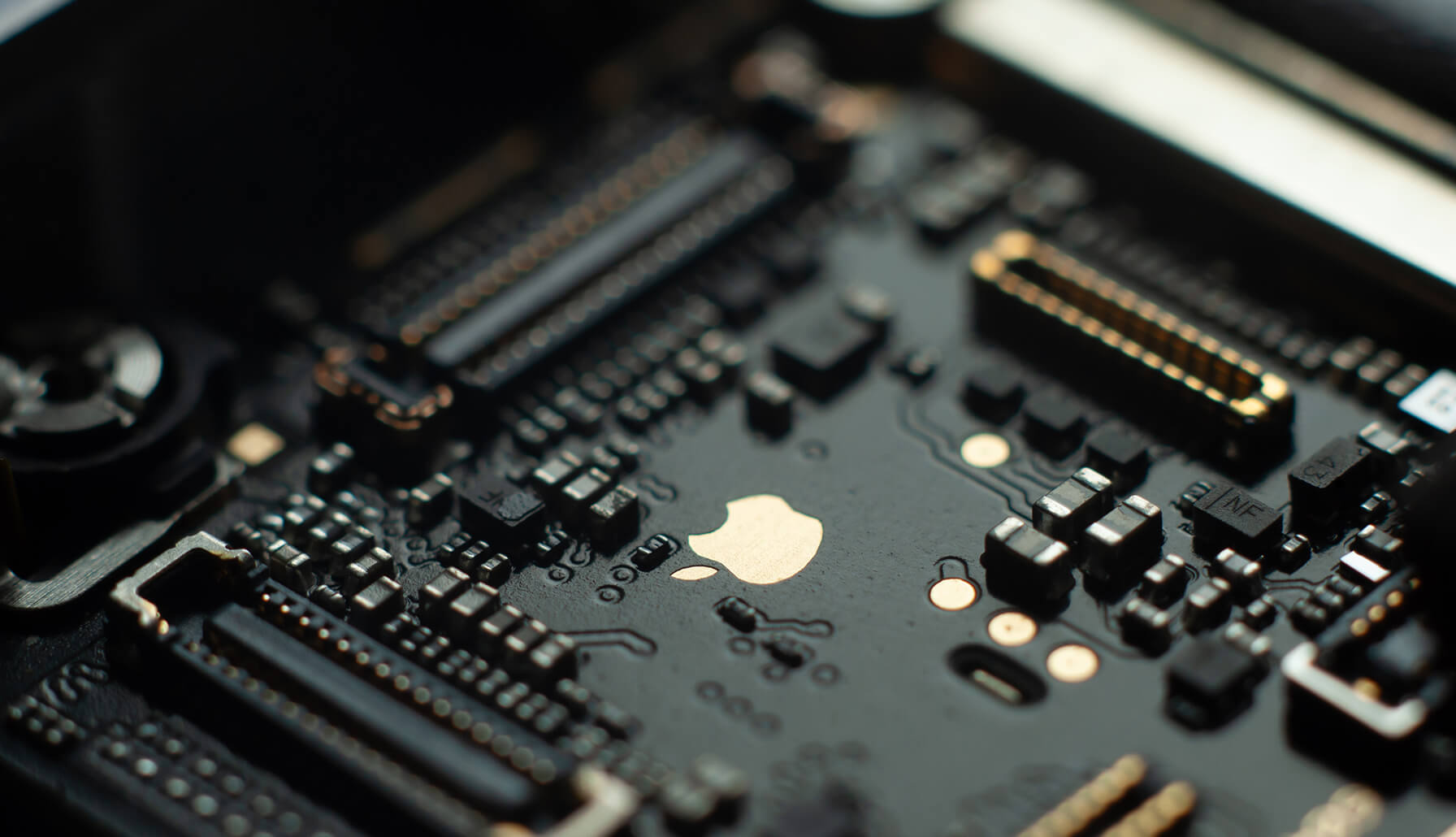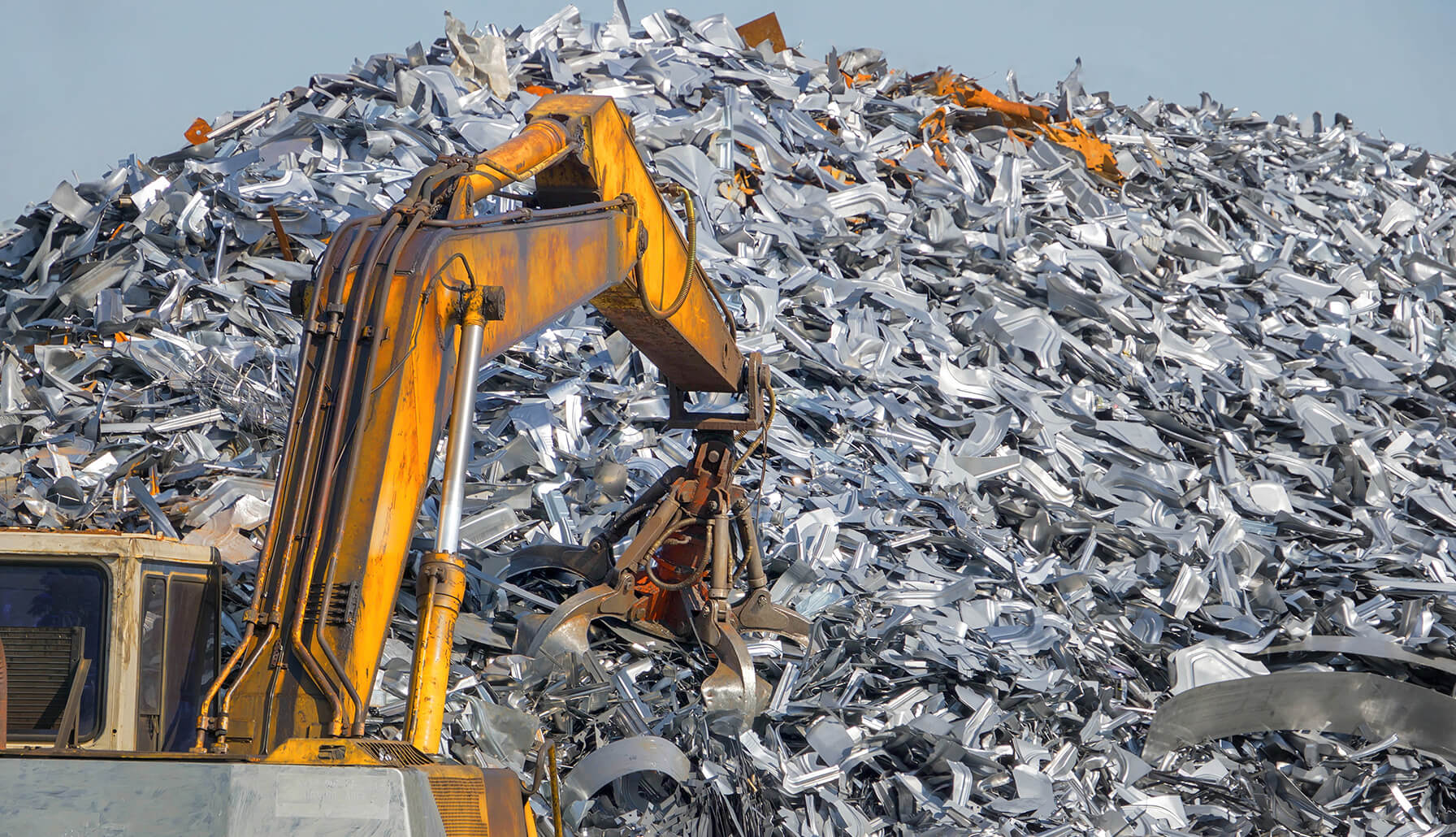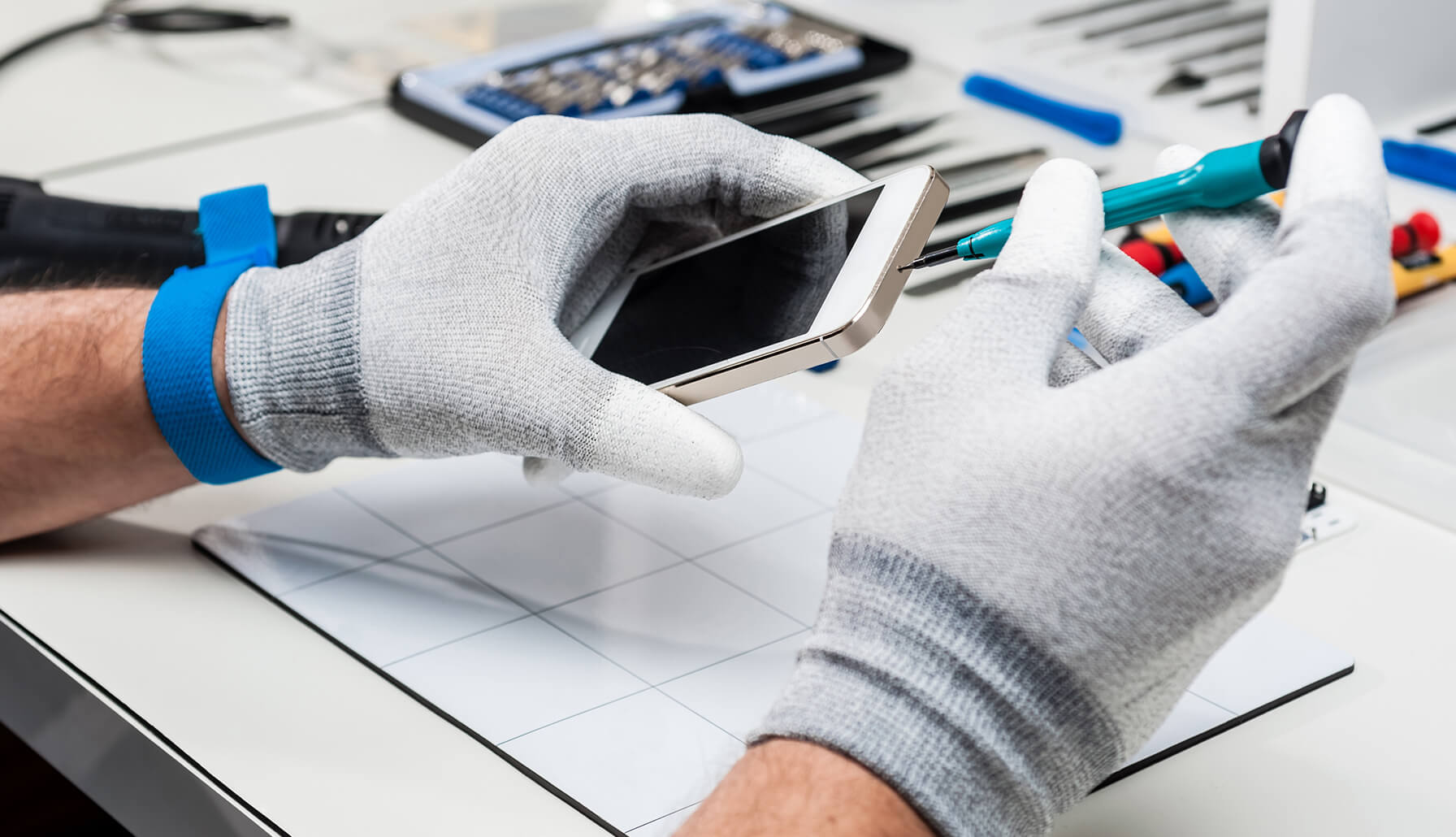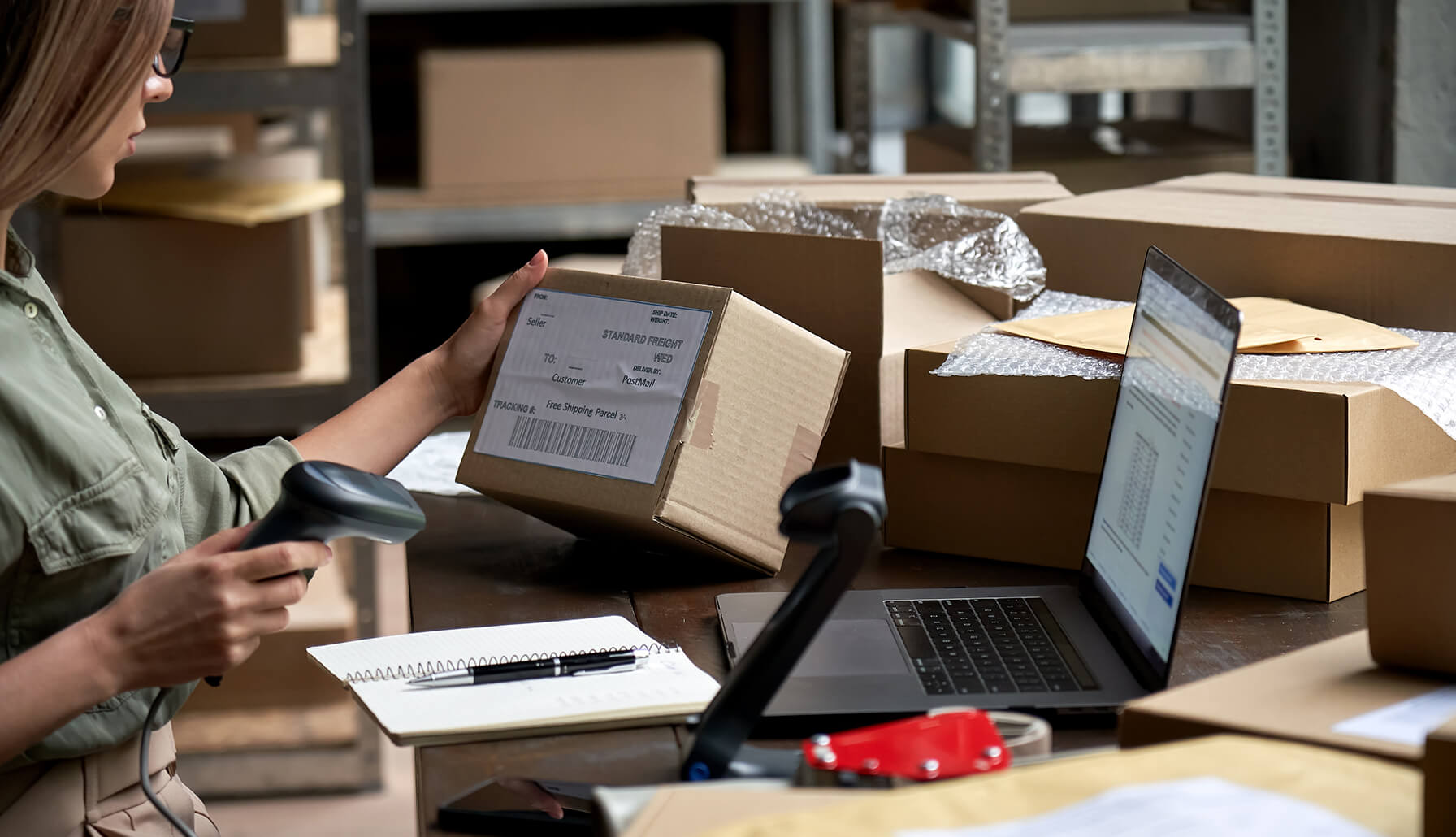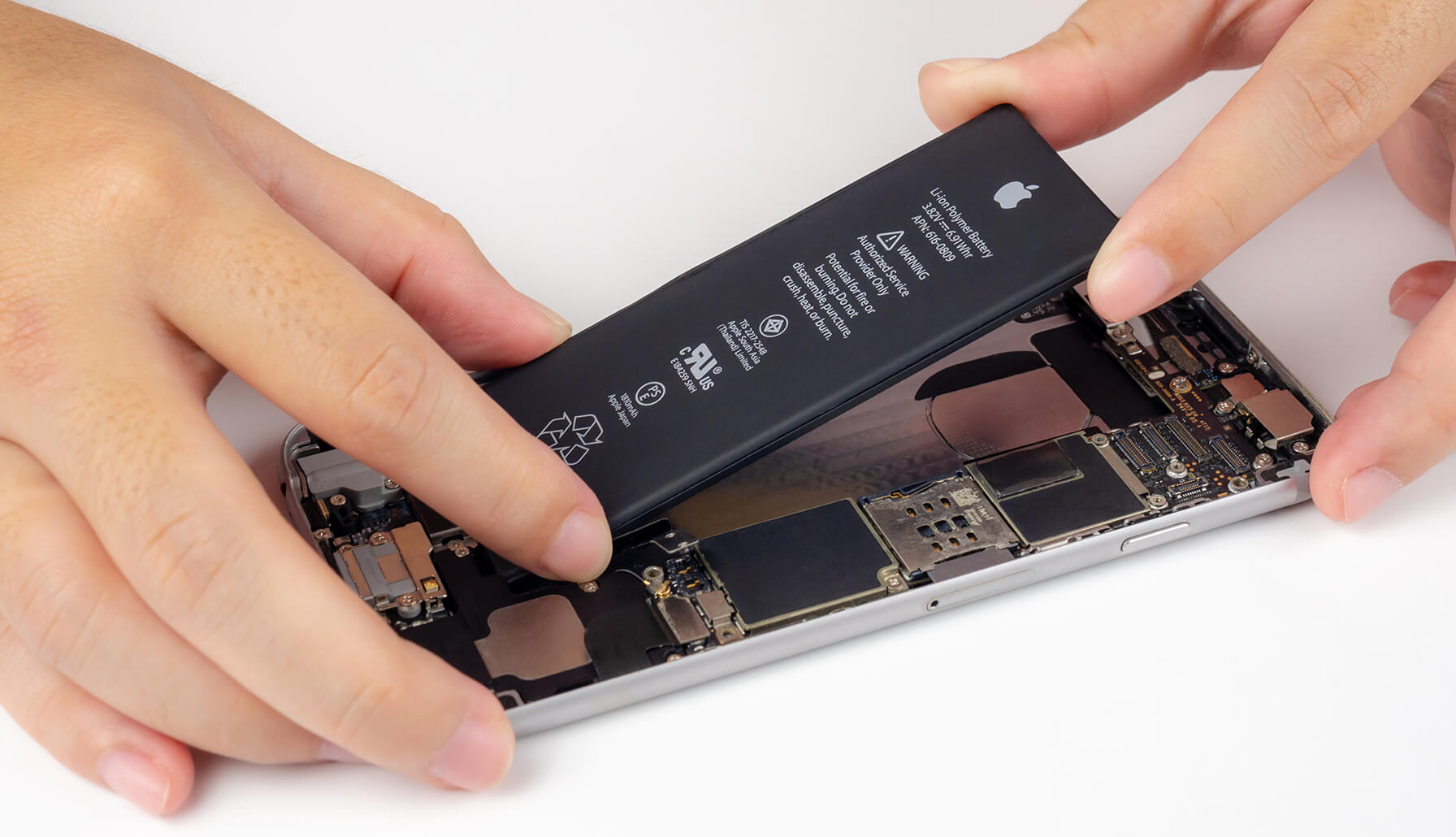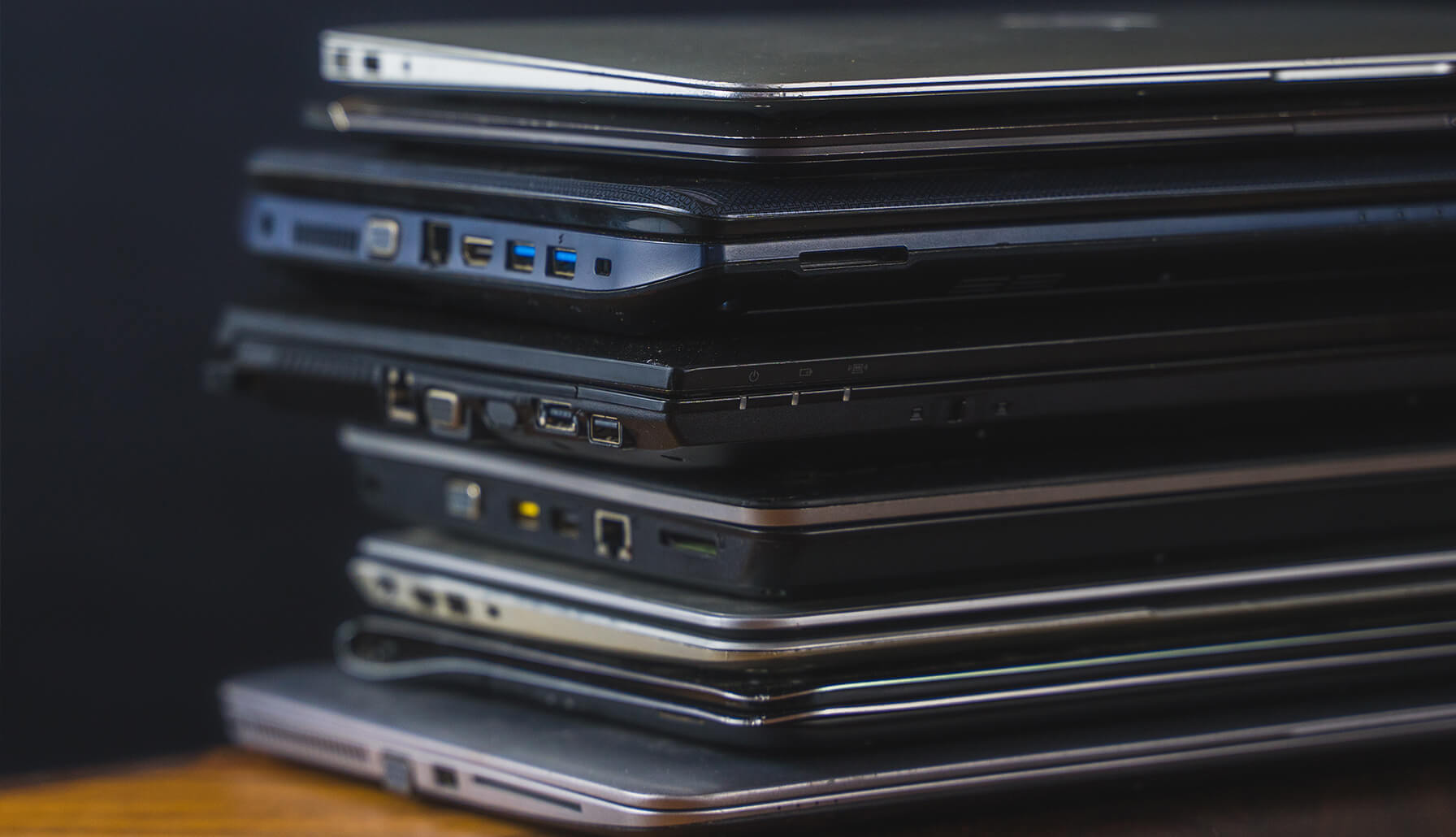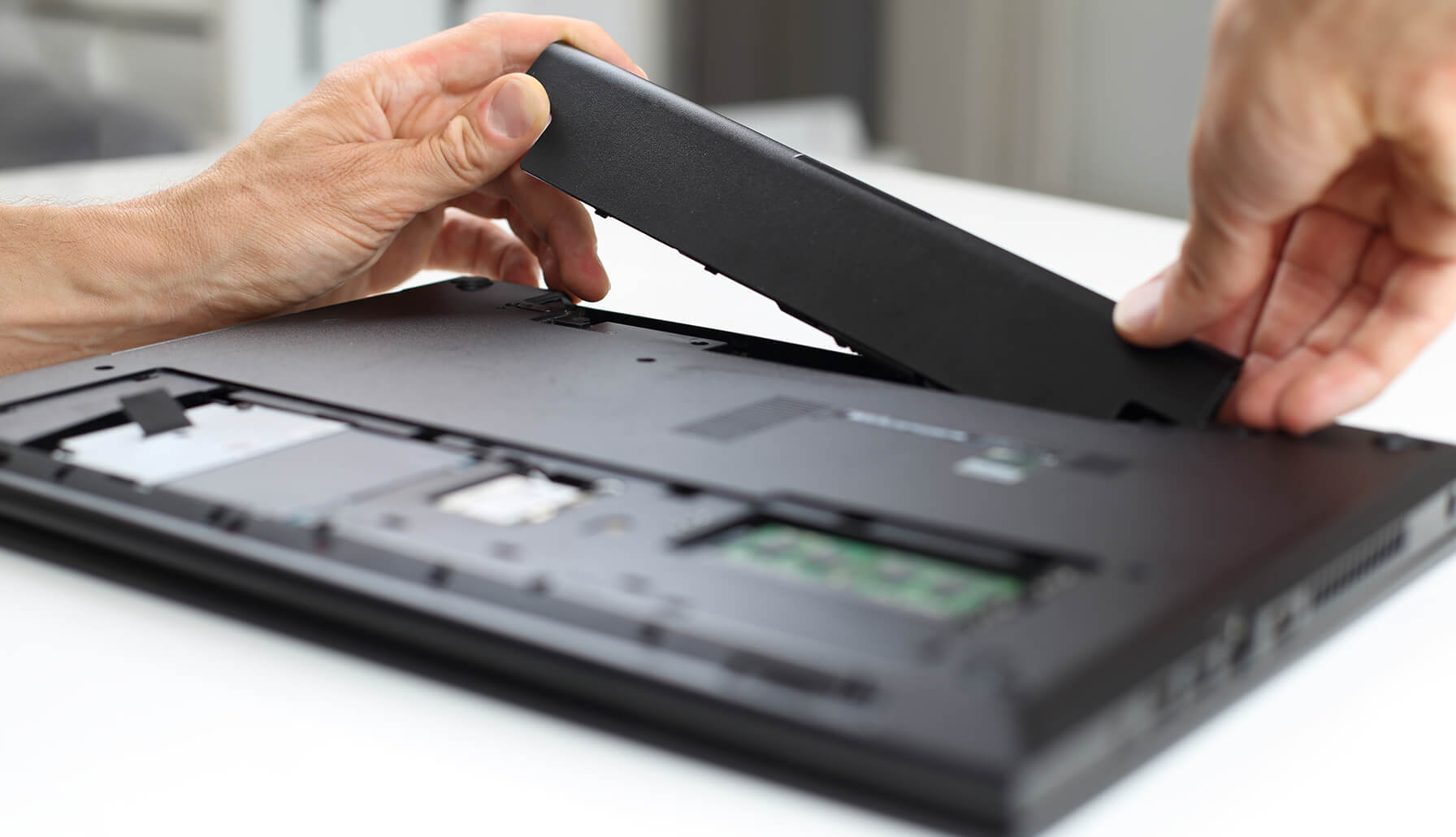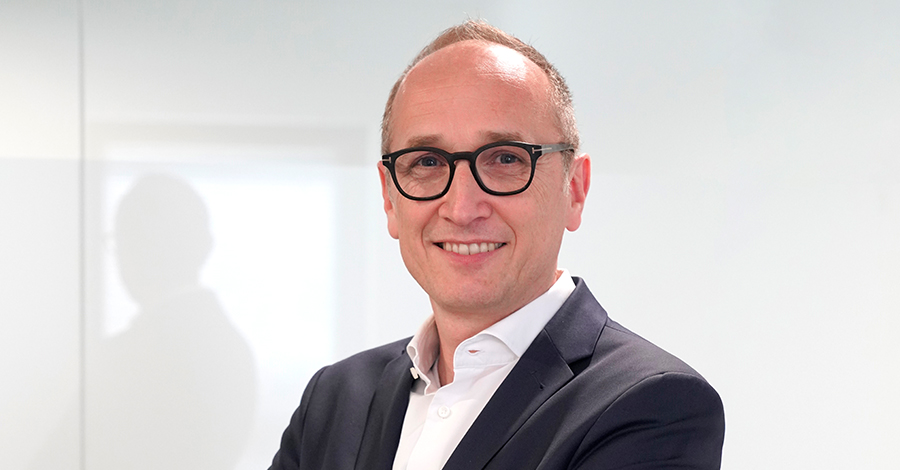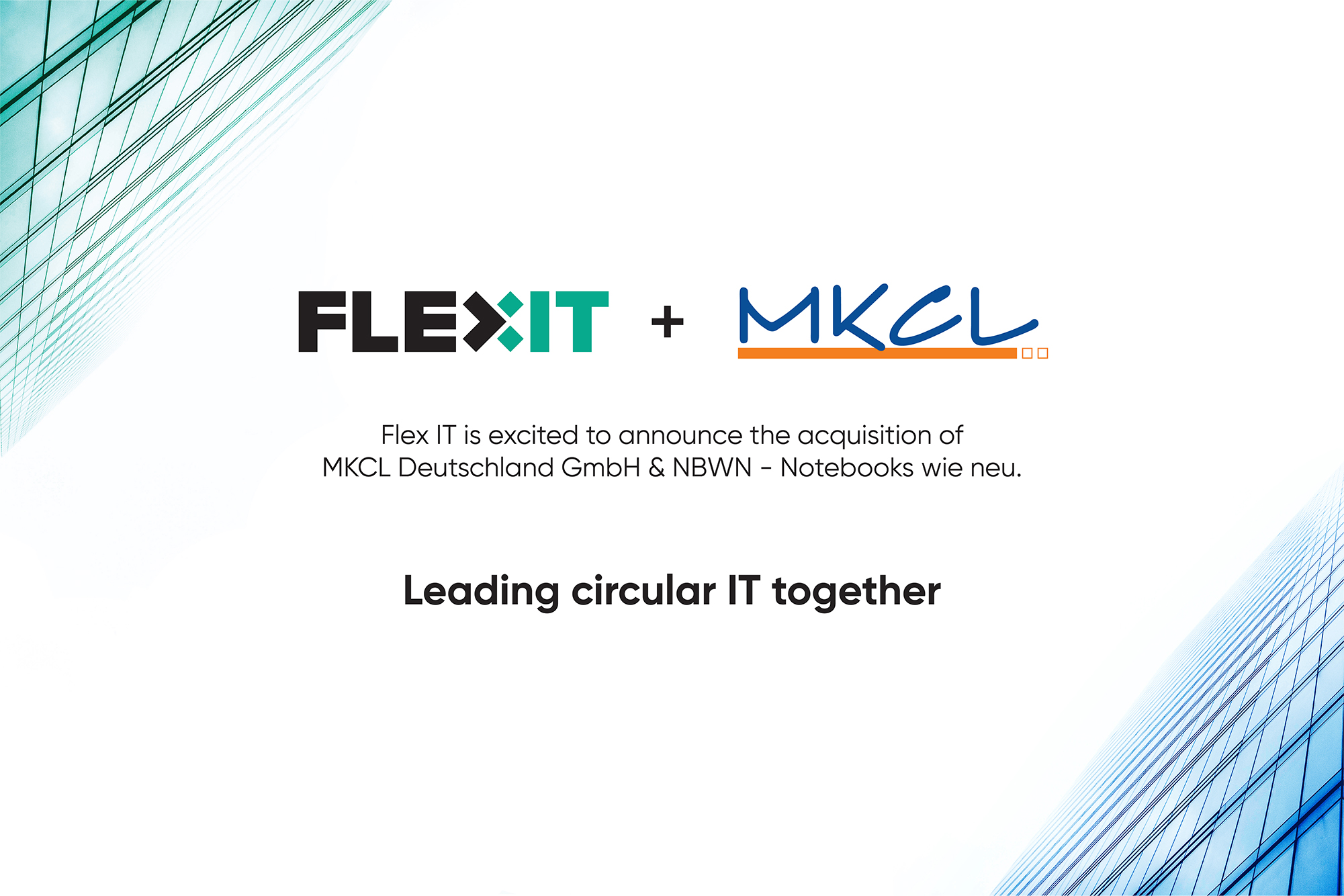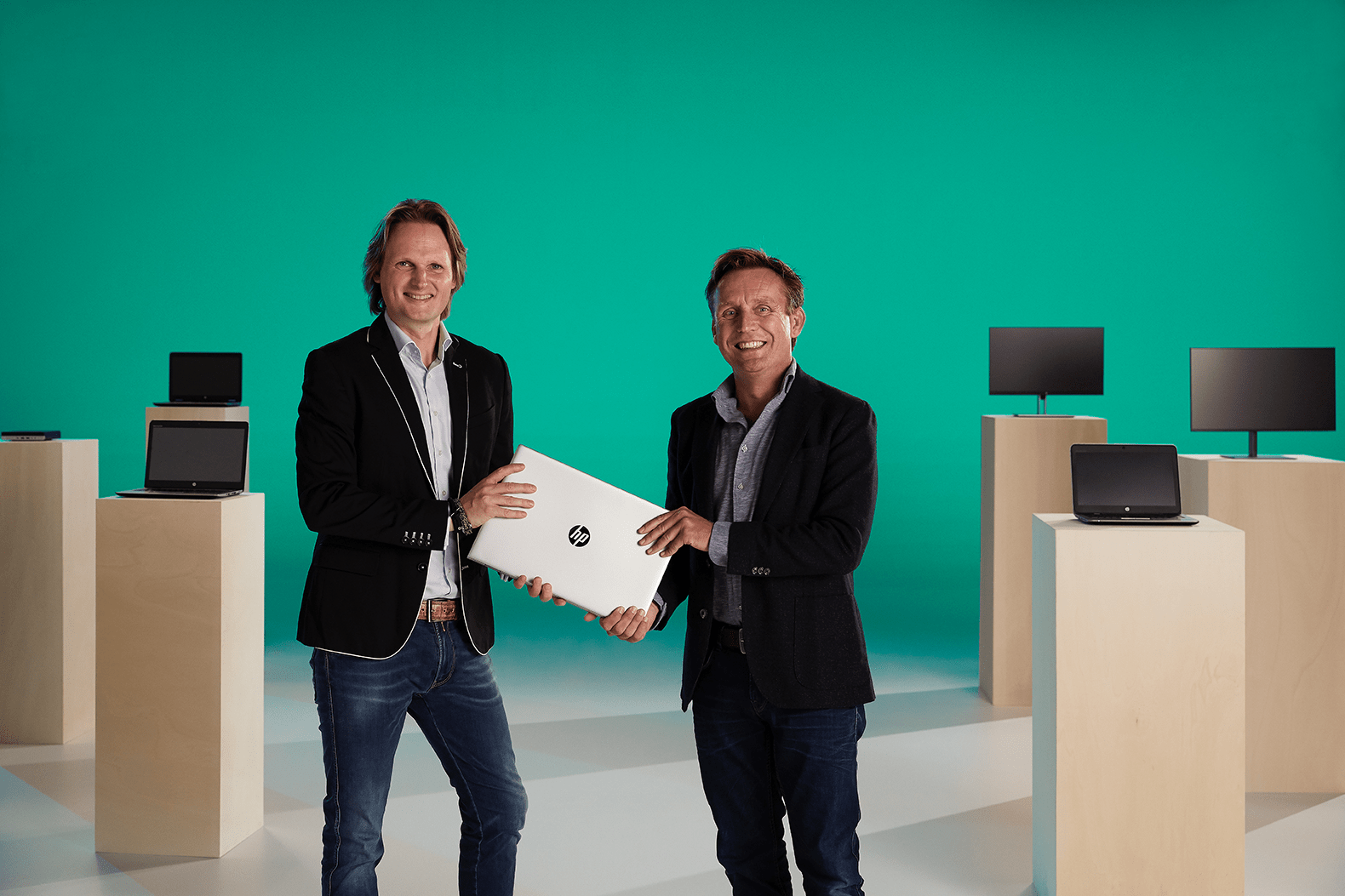StoryHub
Welcome to our StoryHub

Flex IT Distribution announces the appointment of Angelo Bul as its new CEO
Flex IT, a leading Circular IT platform in Europe, has announced the appointment of Angelo Bul as its new CEO, taking over from Andreas Mayer, who will remain in an advisory capacity to ensure a seamless transition.
Angelo has a solid background in the IT and telecom industry at both national and international level, most recently as EVP at Dustin and prior to that as General and Country Manager at ZTE.
Flex IT is a leading specialist distributor for circular IT with a mission to extend the life cycle of IT equipment. Its vision is to be the partner for vendors, resellers and customer on Circular IT across the entire value chain. Flex IT is set for success based on its pillars of distribution, ITAD, rental and demo business with a strong focus on circular IT. Customers, vendors and resellers across all segments are incorporating second life products into their solutions and Flex IT is well positioned to capitalize on this trend through its strong customer base and close partnerships with leading IT hardware vendors.
“I am delighted to announce Angelo as Andreas Mayer’s successor. Andreas has decided to take the next step in his career outside the company. Andreas has been pivotal in professionalizing the company and laying the foundations for Flex IT’s growth. Angelo, with his industry experience and strong leadership skills, will be an instrumental working with his team to further build on our strong potential,” says Lars Pettersson on behalf of the Board of Directors.

The benefits of IT hardware rental in a circular economy
Companies are always looking for ways to optimize their IT infrastructure, while reducing costs and minimizing their environmental impact. One of the most effective ways to achieve this, is through IT hardware rental. It offers companies financial savings, operational flexibility, and a more sustainable approach to IT asset management.
IT hardware rental allows companies to access the latest technology without the significant upfront capital investment required for purchasing new equipment. By shifting from a capital expenditure (CapEx) model to an operational expenditure (OpEx) model, businesses can improve cash flow and allocate financial resources more effectively. Furthermore, renting IT hardware provides unparalleled flexibility. Businesses can scale their IT infrastructure up or down based on current needs, whether due to seasonal fluctuations, project-based work, or workforce expansion. This flexibility eliminates the risks associated with long-term hardware investments and ensures that businesses always have access to cutting-edge technology without the burden of ownership.
Sustainability and e-waste reduction
A significant advantage of IT hardware rental is that it enables companies to contribute to sustainability. By extending the lifecycle of IT equipment, businesses can significantly reduce electronic waste (e-waste), a growing global environmental concern. The lifespan of IT hardware is now only three to five years, whereas the annual IT waste mountain continues to pile up. It is key is to extend this life cycle to at least five and up to ten years to drastically reduce the environmental impact. Renting IT hardware promotes reuse and refurbishment, keeping devices into circulation longer and reducing the need for continuous production of new hardware, which in turn lowers carbon emissions and resource consumption.
How Flex IT Rent supports businesses in reducing e-waste
As a leading provider of IT hardware rental solutions, Flex IT Rent helps businesses to integrate sustainability into their IT strategy. Through innovative rental services, we enable companies to minimize their carbon footprint, while maintaining access to high-quality IT equipment. Flex IT Rent offers a complete and integrated portfolio of IT hardware for different purposes. This enables us to support businesses and end-users with an excellent sourcing of supplies. We have access to numerous types of machines and devices, which enables us to differentiate and build the right, tailor-made solutions for customers. We provide them with a broad and complete portfolio with standardized high-quality circular IT products for every target group.

The benefits of IT hardware rental
- Cost efficiency: IT hardware rental helps businesses to lower their IT expenses by offering cost-effective rental plans that eliminate the need for large upfront investments. Companies only pay for what they use, avoiding unnecessary expenditures on underutilized hardware.
- Enhanced flexibility: by offering short- and long-term rental solutions, Flex IT ensures that businesses can adapt to changing IT demands, without being locked into rigid ownership structures. Whether for temporary projects, remote work initiatives, or seasonal workforce expansions, Flex IT provides scalable solutions tailored to specific business needs.
- Sustainable IT Asset Management: we embrace a circular approach of IT hardware management. Flex IT refurbishes and redistributes IT equipment to extend its lifecycle, reducing e-waste and promoting responsible consumption. Devices that reach the end of their usable life are properly recycled, ensuring minimal environmental impact.
- Access to the latest technology: Flex IT Rent offers the latest equipment from leading manufacturers, which means that businesses can take advantage of new models without having to make a significant investment.
IT hardware rental is an intelligent solution for companies looking for options to cut costs, enhance their flexibility, and to contribute to a more sustainable future. With its strong focus on a circular economy, Flex IT Rent is at the forefront of reducing e-waste and providing businesses with cost-effective and environmentally responsible IT solutions. This enables companies to drive operational efficiency, while making a positive impact on the planet.
Discover more about all the solutions Flex IT Rent provides here.
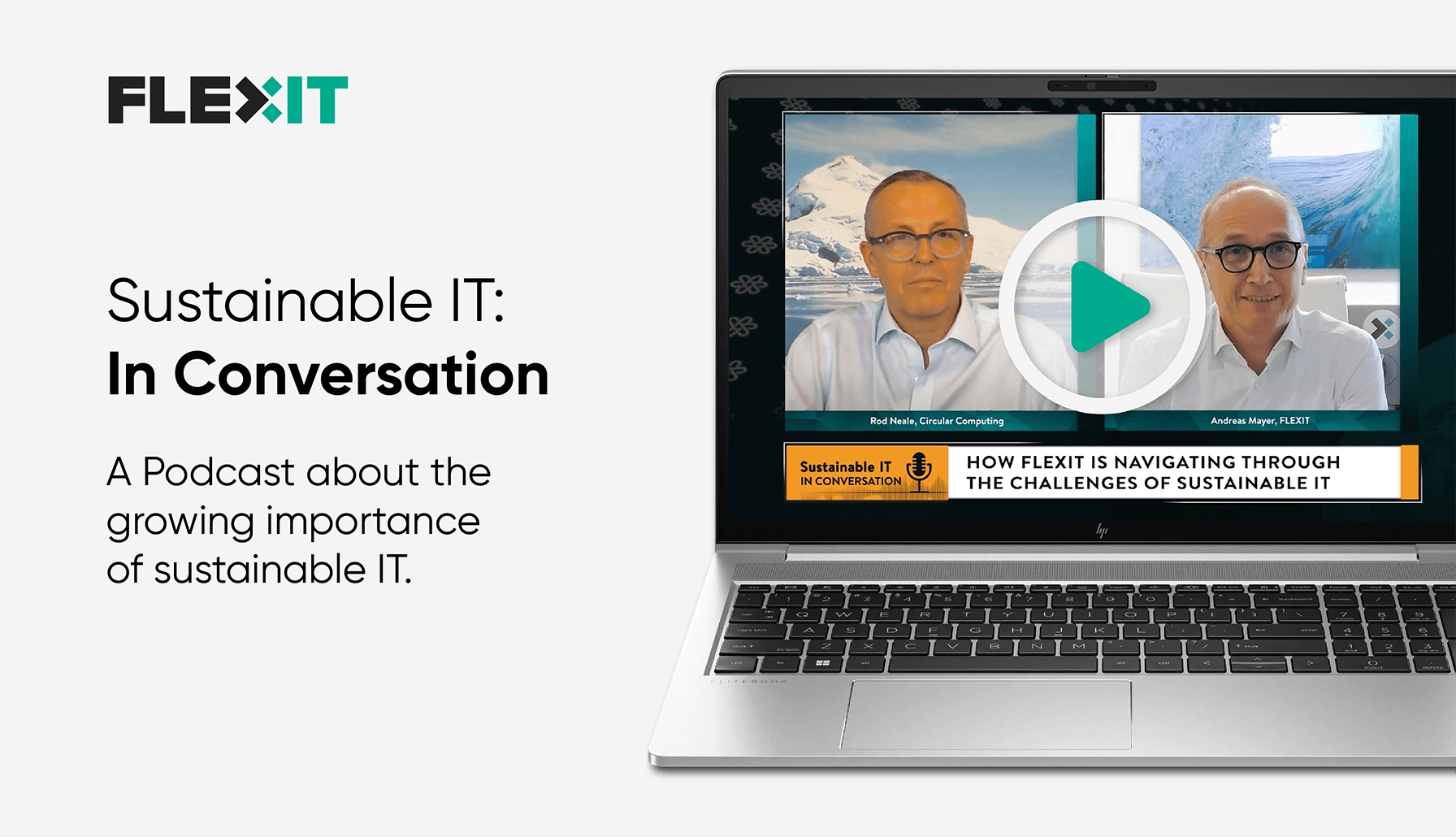
Sustainable IT: In Conversation with Flex IT
In a recent episode of “Sustainable IT in Conversation”, Rod Neale, founder and CEO of Circular Computing, hosted Andreas Mayer, CEO of Flex IT, to discuss the evolving landscape of sustainable IT.
The conversation covered topics from societal impacts to corporate responsibility, highlighting the rising demand for circular IT solutions driven by environmental, social, and governance (ESG) factors. Mayer, with his experience in the IT sector at companies like IBM, Lenovo, and HP, pointed out the shift towards sustainability in consumer behavior, now common across generations. This shift isn’t just in personal choices but is also influencing corporate strategies through ESG reporting and goals.
A key point of their discussion was the vital role of government regulations in encouraging sustainable practices. These regulations are shaping corporate actions and supporting the circular economy by promoting the reuse and refurbishment of IT equipment. Mayer emphasized the need for clear standards in the refurbished IT market to ensure quality and build consumer trust, essential for the industry’s growth.
Neale and Mayer talked about how CIOs can include refurbished products in their procurement strategies to combine financial and sustainability benefits. Mayer also mentioned how promoting the advantages of circular IT internally could boost employee engagement and help meet sustainability goals.
In conclusion, the episode offered a hopeful and realistic view of the IT industry’s move towards sustainability. It stressed the importance of collaboration, strong standards, and innovative strategies to create a sustainable and economically viable IT ecosystem. As the industry evolves, maintaining quality and trust in refurbished products will be crucial for a greener future.









